Page 257 of 302

M N
co ~ co
rl I.O
"' N
"' rl
Emergency assistance
Vehicle jack, vehicle tool kit and collapsible spare
tire
Onboard tool kit and vehicle jack
The vehicle tools ond vehicle jack* are stored in
the luggage compartment under the floor cover.
Fig. 209 Luggage compartme nt: on board tool kit and vehi·
cle jack
The vehicle jack* is stored under the on board tool
ki t¢ fig.
209.
Hybrid drive*: the storage location of the on
board too l kit varies ¢
page 105.
The on board tool kit includes:
- Hook for removing wheel covers*
- Plastic hook to remove wheel bolt covers*
- Alignment p in for cha nging wheels
- Wheel bolt wrench
- Folding chocks
- Screwdriver w ith reversible blade
- Socket (removable Torx socket)*
- 10 x 13 open ended wrench (for disconnecting
the battery cables)
- Towing eye
Befo re storing the jack*, make sure it is wound
back down as far as it will go.
A WARNING
Improper use of the vehicle jack* can cause
ser ious personal injuries.
- Never use the jack* supplied with your Audi
on another vehicle, particularly on a heav ier
-
Emergen cy assistance
one. The jack * is only suitable for use on the
veh icle it came with.
- Using a bumper jack to raise the vehicle will
damage the bumper system. The jack may
slip, causing injury.
- Never support your vehicle on c inder b locks,
bricks or other objects. These may not be
able to support the load and could cause in·
jury when they fa il.
- Never start or run the engine while the vehi
cle is supported by the jack*.
- If you must work under the vehicle, always
use safety stands specifically designed for
this purpose.
- Never use the hexagonal socket in the han
dle of the screwdriver to loosen or tighten
the wheel bolts.
- Always make sure the inflatable spare tire*
and even a flat tire are secured in place and
not loose, otherwise they could fly forward,
causing personal injury to passengers in the
veh icle in an acc ident or sudden maneuver.
(D Tips
Some of the on board items listed above are
provided on certain models only or are option
al extras.
Folding chocks
The folding chocks are part of the on board tool
kit.
--.. ,..
Fig. 210 Open ing foldi ng chock s
To use the chocks, you first have to rais e the sup ·
port plate r::!,>
fig. 210 (!) and then i nsert the lock
ing plate with the two "tabs" into the e longated
holes in the base pl ate@¢
A. .,.
255
Page 258 of 302

Emergency assistance
_& WARNING
- The chock cannot fulfil its funct io n and may
lose its stability if the "tabs" on the support
plate are not inserted correctly into the
elongated holes in the base plate. If th is
happens, the vehicle may start to
move
wh ile a wheel is being changed .
- Never use the folding chocks if they are
damaged o r if they have not been assem
bled correct ly.
Removing bass box
Applies to veh icles: w ith bass box
Before the inflatable spare tire* can be taken
ou t, the bass box must be removed.
F ig . 211 Spare whee l well: Ba ss box
Removing bass box
" Lift up the cargo floor using the hand le .
" Squ eeze the lock ing tabs
q fig. 211 (D of the
con nector.
" Disconne ct the connector @and place the lead
to one side .
"T urn the large screw co unter -clockwise.
" Carefu lly remove the bass box.
Installing bass box
" Carefully place the b ass box in t he wheel. The
inscription " FRON T" on the bass box mus t face
forward .
" Reconnect the connector that was removed .
" Secure the bass box with the large screw.
" Fo ld the cargo floor back down.
256
Inflatable spare tire
Applies to vehicles: with inflatable spare tire
The inflatable spare tire expands to its full diam
eter when it is inflated .
Fig. 212 In flatable spa re tir e with compressor
Removing inflatable spare tire
" Lift up the cargo floo r using t he h andle .
" Remove the dirt tray .
" Tu rn the large screw
q fig . 212 co unter -clock-
w ise .
" Remove the bass box as required
q page 256 .
"Take out the inflatable spare tire.
" Always store the vehicle tool kit, the jack* and
the replaced t ire in the luggage c ompa rtment
q page 140.
Stowing the inflatable spare tire
" Release the air by unscrewing the valve stem.
" Screw the
valve stem back in afterwards.
" Wait a few hours befo re p lacing the wheel in
the spare wheel well
9 & .
"Insta ll the bass box as required qpage 256.
" Sec ure t he wheel with the large screw .
" Place the dirt tray back in.
" Fold the cargo floo r ba ck down .
After using the inflatable spare wheel
The inflatab le spare tire can be re-used as lo ng as
i t is not damaged and is not worn down to the
tread wear indicators
q &, .
When you let the a ir out of the inf latab le spare
t ir e, it does not assume its folded shape aga in for
several hours. Until then, it ca nnot be placed
back in the spare wheel we ll and stowed se cu rely . .,.
Page 259 of 302

M N
co ~ co
rl I.O
"' N
"' rl
_& WARNING
-Never use the spare tire if it is damaged or if
it is worn down to the tread wear ind icators .
-If the inflatable spare tire is more than 6
years old, use it only in an emergency and
with extreme caution and careful dr iving .
- The inflatable spare tire is intended only for
temporary and short -term use . It should be
replaced as soon as possib le w ith the nor
mal wheel and tire .
- The tire pressure value for the inflatable
spare t ire is Located on the driver's side
B
pillar ¢ page 245, fig. 207 .
-Maximum pe rm issible speed is 50 mph
(80 km/h) .
-Avoid full -throttle acce lerat ion, heavy brak
ing, and fast cornering .
- When the air is let out of the inflatable
spare wheel, it does not assume its folded
shape for severa l hours . Until then, it cannot
be placed back in the spare whee l well and
stowed secu rely.
- Never drive with more than one inflatable
spare t ire.
- For technical reasons, the use of tire chains
on the inf latab le spare tire is not permitted.
If it is necessary to dr ive with tire chains,
the inflatable spare whee l must be moun ted
on the front axle in the event of a flat in a rear tire. The new ly available front wheel
must then be i nstalled in place of the rear
w heel with the flat tire. Insta lling the t ire
chain before mounting the wheel and tire is
recommended .
- Loose items in the passenger compartment
can cause ser ious personal injury during
hard braking or in an accident. Never store
the inflatable spare tire or jack* and too ls in
the passenger compa rtment.
CD Note
- The inf latable spare tire has been developed
spec ifically for this vehicle model.
It must
not be exchanged or used for other veh icle
models. Simi la rly , inflatable tires from oth
er vehicle model s must not be used.
Em erg en cy ass is tan ce
- Norma l summer or w inter t ires m ust not be
installed on the inflatable tire rim .
Inflating inflatable spare tire
Applies to vehicles: w it h in flatable spa re tire
F ig . 2 13 Lu ggage compa rtm en t l eft s ide: co mpre sso r
.,. Remove the left tr im pane l in t he luggage com
pa rtment.
.. Open the Velc ro strap and remove the compres
sor
<=> fig. 213.
.. Unscrew the valve stem from the spare tire.
.. Screw the tire filler hose from the compressor
firmly onto the valve of the spare tire .
.,. Insert the plug from the comp ressor into a
socket of the vehicle
<=> page 77 .
.. Switch the comp resso r o n.
.,. Let the compressor r un unt il the va lue specified
on the tire pressure labe l is reached
c::> page 245, fig . 207 . Switch the compressor
off after running for 12 minutes at th e most -
danger of overheating!
_& WARNING
-
The compressor and the tire f iller hose can
become extremely hot while t hey are running
- danger of bu rns!
CD Note
Switch the compressor off after running for
12 minutes at the most -danger of overheat
i ng ! Allow the compressor to cool down for a
few m inutes before you use it agai n.
-
257
Page 260 of 302
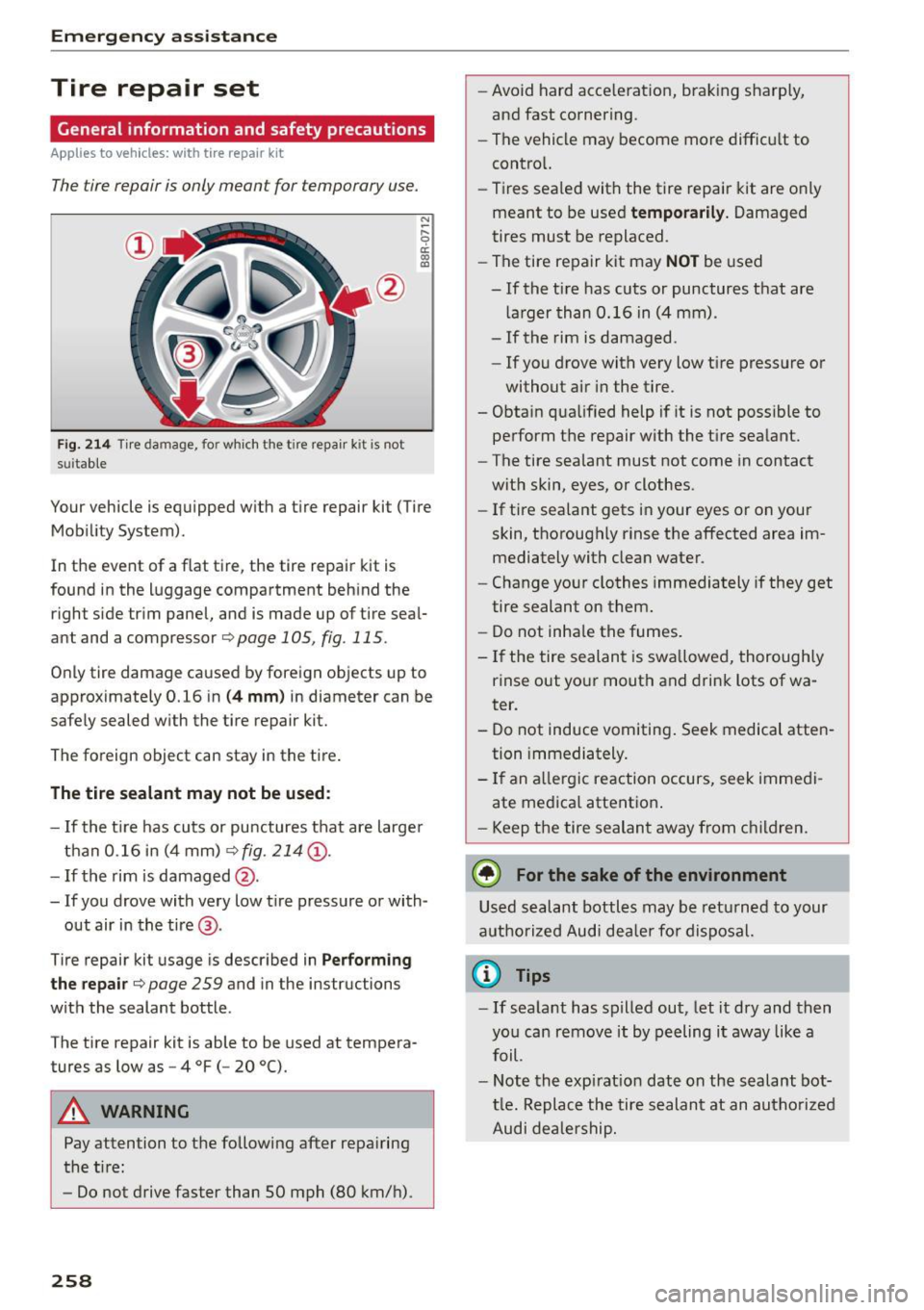
Emergency assistance
Tire repair set
General information and safety precautions
Applies to veh icles: w ith tire repair kit
The tire repair is only meant for temporary use.
Fig. 214 T ire damage, for which the tire repa ir kit is not
s ui ta bl e
N ~ .... 0 cc co m
Your vehicle is eq uipped w ith a tire repair kit (Tire
Mob ility System).
In the event of a flat tire, the tire repai r kit is
found in the l uggage compartment beh ind the
right side tr im panel, and is made up of tire seal
ant and a compressor
<=:>page 105, fig . 115 .
Only tire damage caused by foreign objects up to
approximately 0.16 in
( 4 mm ) in diameter can be
safe ly sealed with the tire repair kit.
The fo reign object can stay in the tire .
The tire sealant may not be used:
-If the t ire has cuts or pu nctures that are large r
than 0.16 in (4 mm)
r::::> fig. 214 @.
-If the rim is damaged @.
- If you drove with very low t ire pressure or with -
out air in the tire @.
Tire repair kit usage is descr ibed in
Performing
the repair r::::> page 259 and in the instructions
with the sealant bottle .
The tire repair kit is able to be used at tempera
tures as low as -4 °F (- 20 °C).
A WARNING
Pay attention to the following after repa iring
the t ire:
- Do not drive faster than SO mph (80 km/ h).
258
- Avoid hard acce lerat ion, bra king sharply,
and fast cornering .
- Th e vehicle may become more diffic ult to
contro l.
- Tires sea led with the tire repair kit are o nly
meant to be use d
temporarily. Damaged
tires must be replaced .
- The tire repair kit may
NOT be used
- If the ti re has cuts or punctures that are
lar ger than 0.16 in (4 mm).
- If the rim is damaged.
- If you drove with very low t ire pressure or
without air in the tire .
- Obta in qua lified help i f it is not poss ible to
perform t he repair with the tire sealant.
- The tire sealant must not come in contact
w it h skin, eyes, or clothes .
- If tire sealant gets in your eyes or on your
skin, thoroughly rinse the affected area im
mediately with clean wate r.
- Change your clothes immediately if they get
tire sealant on them.
- Do not inha le the fumes.
- If the tire sealan t is swa llowed, thoroughly
rinse out yo ur mouth and drink lots of wa
ter.
- Do not induce vomiting . Seek medical atten
tion immediately .
- If an a llergic reaction occurs, seek immedi
ate med ica l attention .
- Keep t he tire sealan t away from c hild ren.
@ For the sake of the environment
Used s ealant bottl es may be retu rned to your
a uthori zed Audi dea le r fo r d isposal.
(j) Tips
- If sea lant has spilled out, let it dry and then
yo u can remove it by pe eling it away like a
foil.
- Note the expi rat ion date on the sealant bot
t le . Replace the tire sealant at an au tho riz ed
Audi dealership .
Page 261 of 302
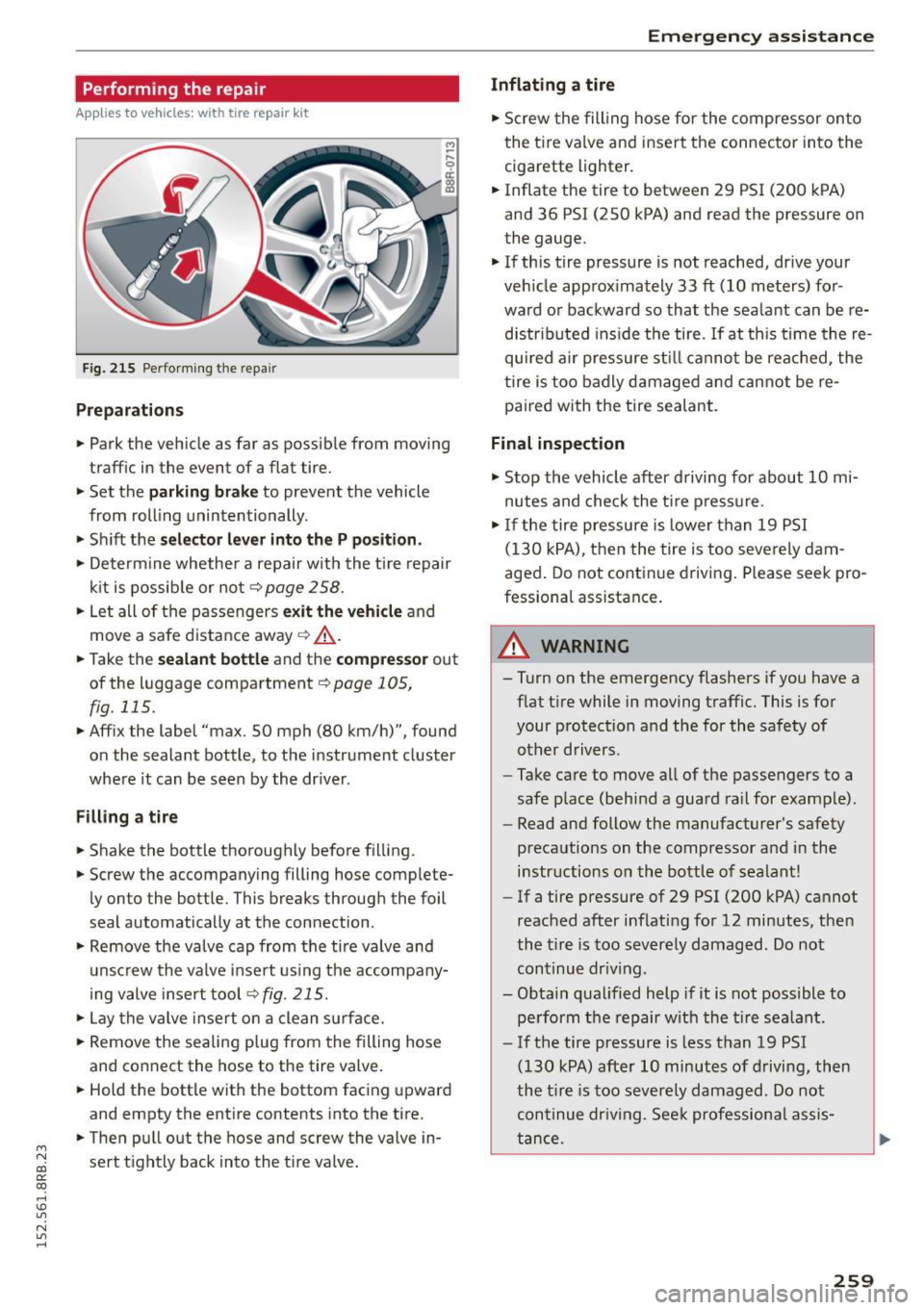
M N
co ~ co
rl I.O
"' N
"' rl
Performing the repair
Applies to vehicles: with tire repair kit
Fig. 215 Perfo rm ing the repa ir
Prep arati ons
"' Park the vehicle as far as possib le from moving
traff ic in the event of a flat tire.
"' Set the
parki ng brak e to prevent the vehicle
from roll ing unintentionally.
"' Shift the
sele ctor lever into th e P po sition .
"'Determ ine whethe r a repair w ith the t ire repair
k it is possib le or not
c::> page 258.
"' Let all of the passengers ex it the vehicle and
move a safe d istance away
c::> .&_ .
• Take the se alant bottle and the compre ssor out
of the luggage compartment
i:::> page 105,
fig. 115 .
"'Affix the label "max. 50 mph (80 km/h)", found
on the sealant bottle, to the instrument cluster
where it can be seen by the dr iver.
F illing a tire
"'Shake the bottle thoroughly before fi lling.
"' Screw the accompanying filling hose complete-
ly onto the bottle. This breaks throug h the foil
seal automatically at the connection .
"' Remove the valve cap from the tire va lve and
unscrew the valve insert us ing the accompany
ing valve insert tool~
fig. 215.
"'Lay the valve inse rt o n a clean s urface.
"' Remove the sealing plug from the filling hose
and connect the hose to the tire valve.
"' Hold the bottle with the bottom facing upward
and empty the ent ire contents into the tire.
"' Then pull out the hose and screw the valve in
sert tightly back into the t ire va lve.
Em erg en cy ass is tan ce
Inflating a tire
"'Screw the fill ing hose for the compressor onto
the t ire va lve and insert the connector into the
cigarette lighter.
• Inflate the tire to between 29 PSI (200 kPA)
and 36 PSI (250 kPA) and read the pressure on
the gauge.
"' If this tire pressure is not reached, dr ive your
veh icle app rox imately 33 ft (10 meters) for
ward or backward so that the sealant can be re distr ibuted ins ide the tire . If at th is time the re
qui red a ir pressure st ill canno t be reached, the
t ire is too badly damaged and cannot be re
pa ired with the tire sealant.
Final inspection
"' Stop the vehicle after driving for about 10 mi
nutes and che ck the t ire p ress ure .
"'I f the tire pressure is lower than 19 PSI
( 1 30 kPA), then the tire is too seve rely dam
aged. Do not continue driving . Please seek pro
fessiona l assistance .
A WARNING
-
- Turn on the emergency flashers if you have a
flat tire while in moving traffic. This is for
your protection and the for the safety of
other drivers .
- Take care to move all of the passengers to a
safe place (behind a guard rail for examp le).
- Read and follow the manufacturer's safety
precautions on the compressor and in the instructions on the bottle of sealant!
- If a tire pressure of 29 PSI (200 kPA) cannot
reached after inflating for 12 minutes, then
the t ire is too severely damaged . Do not
continue dr iv ing .
- Obta in qualified help if it is not possible to
perform t he repair w ith the t ire sea lant.
- If the tire pressure is less than 19 PSI
(130 kPA) after 10 minutes of drivi ng, then
the t ire is too severe ly damaged . Do not
continue dr iv ing. See k professiona l assis
tance .
259
Page 262 of 302

Emerg enc y ass is tance
CJ) Note
Special care is required if you are repairing the
tire on a steep incline.
@ Tips
- Do not operate the compressor for more
than 12 minutes continuously, otherwise it
can overheat . Once the compressor has
cooled, you can continue to use it.
- If sealant has spi lled out, let it dry and then
you can remove it by peeling it away like a
foil.
- Remember to obtain a new bottle of sea lant
from yo ur authorized Aud i dea ler after re
pairing a tire. After this, the functionality of
the tire repa ir set is restored.
- Obey all laws.
Replacing wheels
Before changing a wheel
Observe the following precautions for your own
and your passenger's safety when changing a
wheel.
.. After you experience a tire fa ilure, pull the car
well away from moving traffic and try to reach
l eve l ground before you stop¢_& .
.. All passengers sho uld
le ave t he car and move
to a safe location (for instance, behind the
guardrail)¢ _&.
.. Engage the
parking br ake to prevent your vehi
cle from rolling unintentionally¢_& .
.. Move
select or lever to pos itio n P ¢ &_ .
.. If you are tow ing a trailer: unhitch the trailer
from your vehicle .
.. Block the diagonally opposite wheel with the
folding chocks or other objects.
.. Take the
jack * and the in flat abl e s par e tir e*
out of the luggage compartment¢ page 255.
A WARNING
You or your passengers could be injured while
changing a wheel if you do not follow these
safety precautions:
- If you have a flat tire, move a safe distance
off the road. Turn off the engine, t urn the
260
emergency flashers on and use other warn
ing dev ices to alert other motor ists.
- Make sure that passengers wait in a safe
place away from the vehicle and well away
from the road and traffic.
- To help prevent the vehicle from moving
suddenly and possibly slipping off the jack*,
always fully set the parking brake and block
the wheel diagonally opposite the wheel be
ing changed with the folding chocks or oth
er objects. When one front wheel is lifted
off the ground, placing the Automatic Tra ns
m iss ion in P (Pa rk) w ill
not prevent the veh i
cle from moving.
- Before you change a whee l, be sure the
ground is level and firm.
If necessary, use a
sturdy board under the jack *.
- Always store the vehicle tool kit, the jack*
and the replaced tire in the luggage com
pa rtment
¢ page 140.
Changing a wheel
When you change a wheel, follow the sequence
described below step-by-step and in exactly that
order .
1. Remove the d eco rativ e wheel cover*. For
more details see also¢
page 261, Decora
tive wheel covers
or ¢ page 261, Wheels
with wheel bolt caps .
2. Loosen the wheel bolts¢ page 261 .
3. Locate the proper mounting point for the
jack* and align the jack* be low that point
¢ page 262.
4. Lift the car with the jack*¢ page 262 .
5 . Remove the
wheel with th e flat tire and then
install the
inflatable spa re ti re*
¢ page 263.
6. Tig hte n a ll whee l bolts ligh tly .
7 .
Lo we r the vehicle with the jack* .
8 . Use the wheel bolt wrench and
firml y tighten
all wheel bolts ¢
page 261.
9. Replace the decorative wheel co ve r* . ...
Page 263 of 302

M N
co ~ co
rl I.O
"' N
"' rl
_& WARNING
Always read and follow all WARNINGS and in
formation
c> A in Raising the vehicle on
page 262
and c> page 264 .
After changing a wheel
A wheel change i s no t comple te withou t the do
ing the following .
.. Always store the vehicle tool kit, the jack* and
the replaced tire in the luggage compartmen t
c>page 140 .
.. As soon as possible, have the tightening tor
ques
on all wheel bolts checked w ith a torque
wrench . The correct tightening torque is
105
ft lb (140 Nm) .
.. Have the flat tire
replaced as soo n as poss ible.
{1) Tips
- If you notice that the wheel bolts are cor
roded and diffi cult to turn while changing a
tire, they should be replaced before you
check the tightening torque.
- Drive at reduced speed until you have the
tightening torques checked .
Decorative wheel covers
Applies to vehicles: with decorative wheel covers
The decorative wheel covers must be removed
first to access the wheel bolts .
Fig. 216 Chan gin g a wheel: Removing the wheel cove r
Removing
.. Insert the hook provided with the veh icle tool
kit in the hole in the hub.
.. Pull off the
decorative wheel cover c> fig. 216.
Emergen cy assistance
Wheels with wheel bolt caps
Applies to vehicles: with wheel bolts with caps
The cops must be removed firs t from the wheel
bolts before the bolts can be unscrewed .
Fig. 217 Changing a wh eel: re movin g the wheel bo lt ca ps
Removing
.. Push the plastic clip provided wi th the vehicle
too l kit over the wheel bolt cap until it engages.
.. Pull on the
plastic clip to remove the cap
c>fig. 217.
Refitting
.,. Place the caps over the wheel bolts and push
t hem back on.
The caps are to protect and keep the wheel bolts
clean.
Loosening and tightening the wheel bolts
The wheel bolts must be loosened before raising
the vehicle .
Fig. 218 Changing a whe el: loosening th e w hee l bol ts
Loosening
.. Insta ll the wheel bolt wrench over the wheel
bolt and push it down as far as it will go. ..,.
261
Page 264 of 302

Emergency assistance
... Take tight hold of the end of the wrench handle
and turn the wheel bolts
counter-clockwise
about one single turn in the direction of arrow
c::> fig . 218.
Tightening
" Install the wheel bolt wrench over the wheel
bolt and push it down as far as it will go .
... Take tight hold of the
end of the wrench handle
and turn each wheel bolt
clockwise until it is
seated.
A WARNING
- Do not use force or hurry when changing a
wheel -you can cause the vehicle to slip off
the jack* and cause serious personal inju
ries.
- Do not loosen the wheel bolts more than
one turn
before you raise the vehicle with
the jack*. - You risk an injury.
{D) Tips
If a wheel bolt is very tight, you may find it
easier to loosen by carefully pushing down on
the end of the wheel bolt wrench with
one
foot only.
As you do so, hold on to the car to
keep your balance and take care not to slip.
Raising the vehicle
The vehicle must be li~ed with the jack* first be
fore the wheel can be removed.
Fig. 219 Sill panels: mark in gs
262
Fig. 220 Sill: posi tioning the jack
... Engage the parking brake to prevent your vehi
cle from rolling unintentionally
... Move the
selector lever to position P.
... Find the marking (imprint) on the sill that is
nearest the wheel that will be changed
c::> fig. 219 . Behind the marking, there is a lift
ing point
on the sill for the jack*.
"Turn the
jack* located under the lifting point on
the sill to raise the jack until its arm @
c::> fig. 220 is located under the designated plas
tic mount
c::> &. c::>(j).
... Align the jack* so that its arm @ c::> fig. 220 en
gages in the designated lifting point in the door
sill and the movable base ® lies flat on the
ground. The base ® must be
vertical under the
lifting point @.
"Wind the jack* up further until the flat tire
comes off the ground
c::> ,&. .
Position the jack* only under the designated lift
ing points on the sill
c::> fig. 219. There is exactly
one location for each wheel. The jack* must not
be positioned at any other location
c::> .&. c::>(D.
An unstable surface under the jack* can cause
the vehicle to slip off the jack* . Always provide a
firm base for the jack* on the ground . If necessa
ry place a sturdy board or similar support under
the jack*. On
hard, slippery surfaces (such as
tiles) use a rubber mat or similar to prevent the
jack* from slipping
c::> ,&..
A WARNING -
-You or your passengers could be injured
while changing a wheel if you do not follow
these safety precautions:
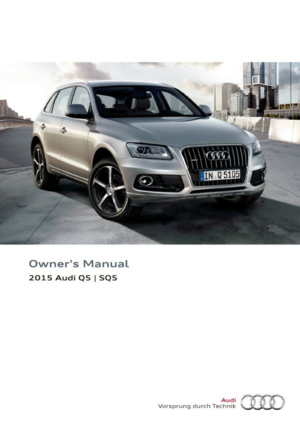 1
1 2
2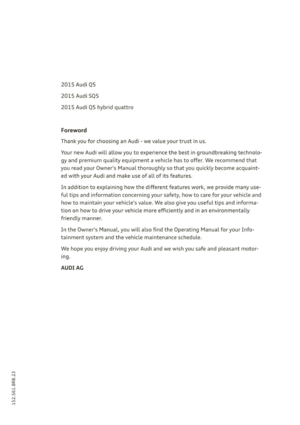 3
3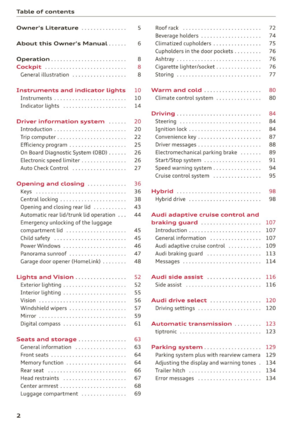 4
4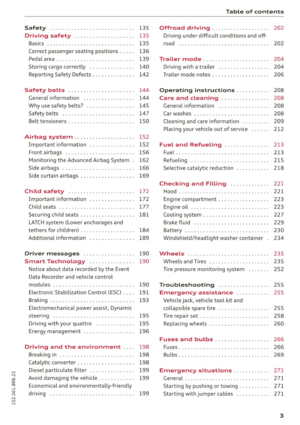 5
5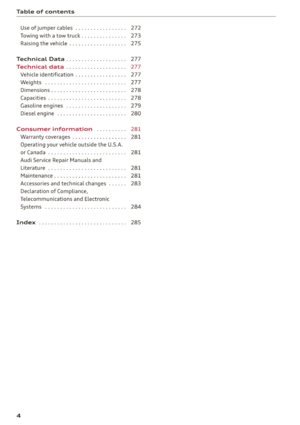 6
6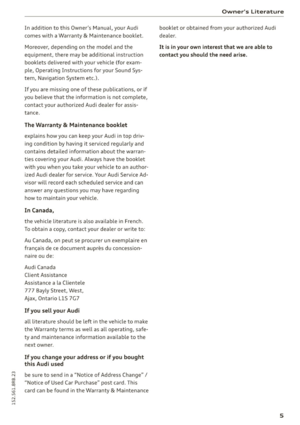 7
7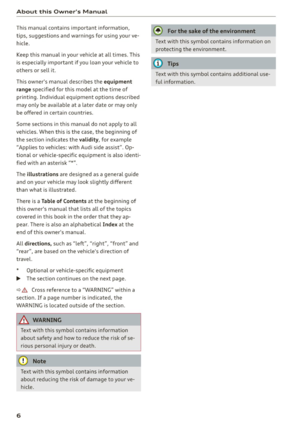 8
8 9
9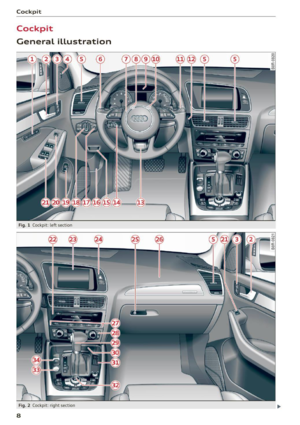 10
10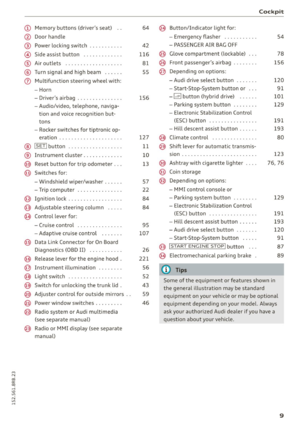 11
11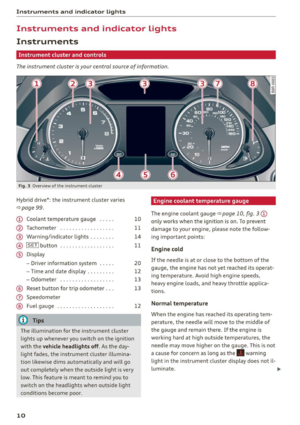 12
12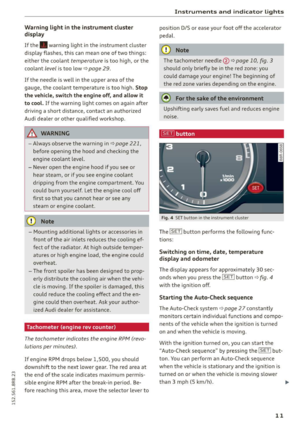 13
13 14
14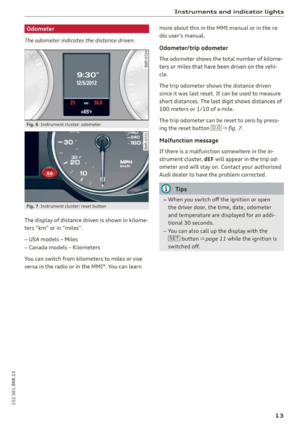 15
15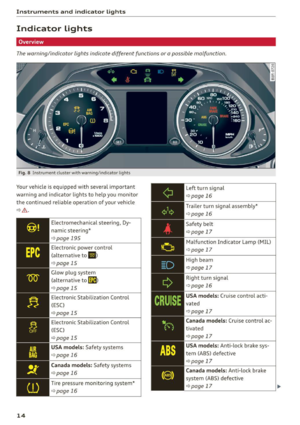 16
16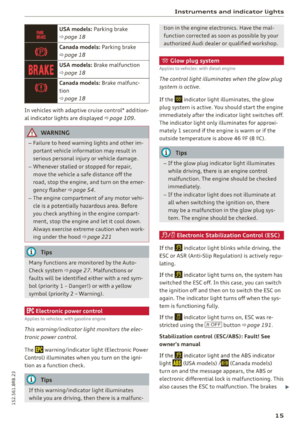 17
17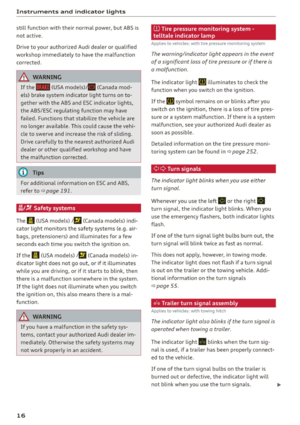 18
18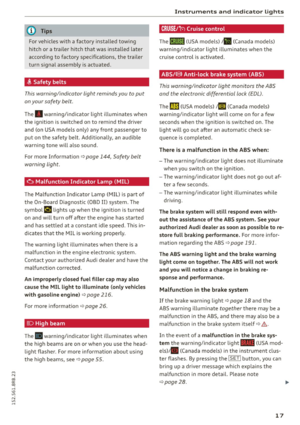 19
19 20
20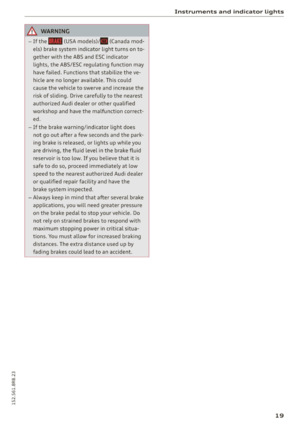 21
21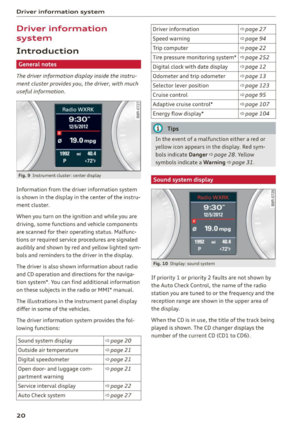 22
22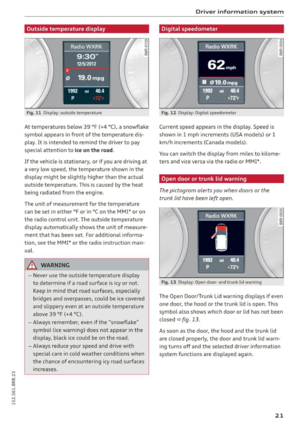 23
23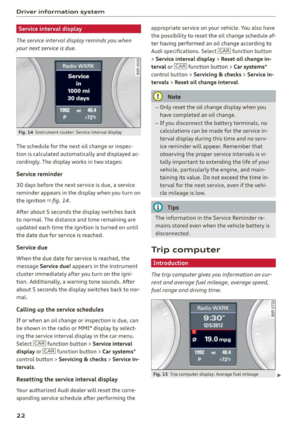 24
24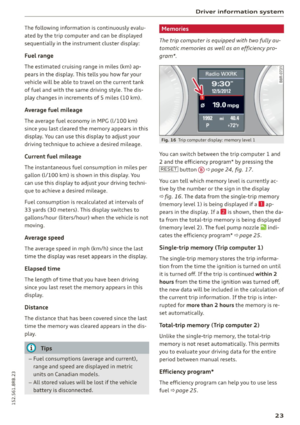 25
25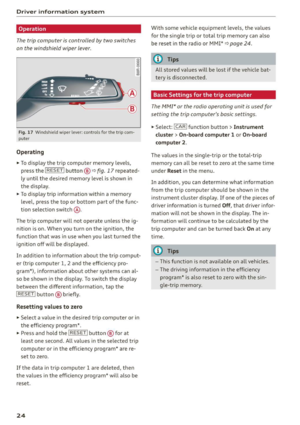 26
26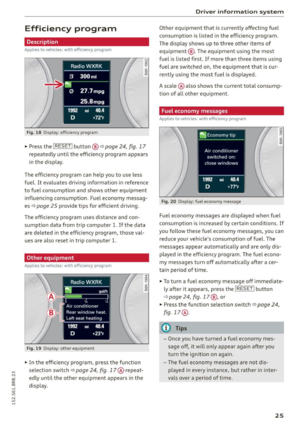 27
27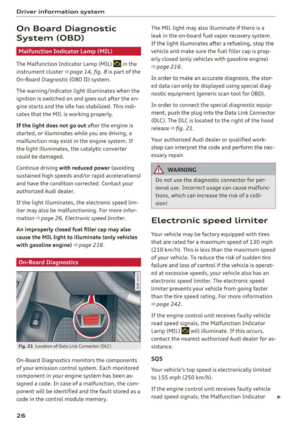 28
28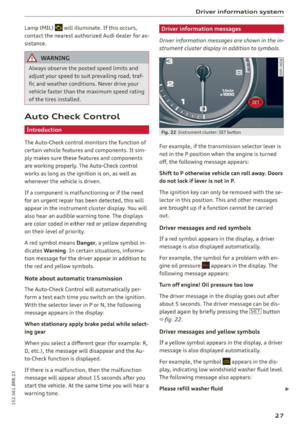 29
29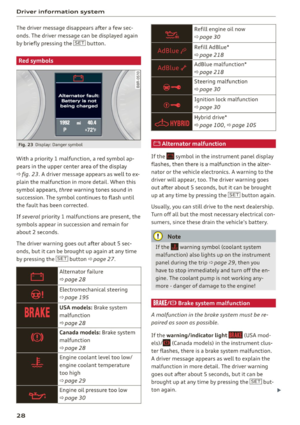 30
30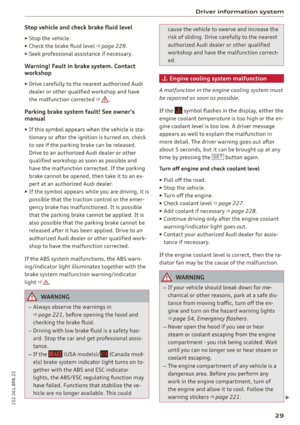 31
31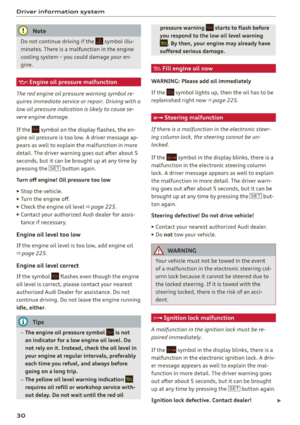 32
32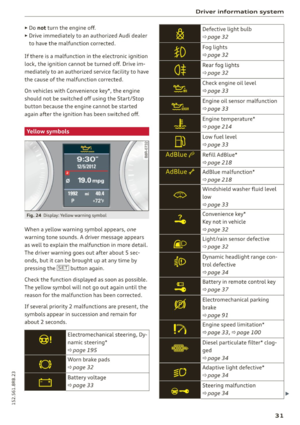 33
33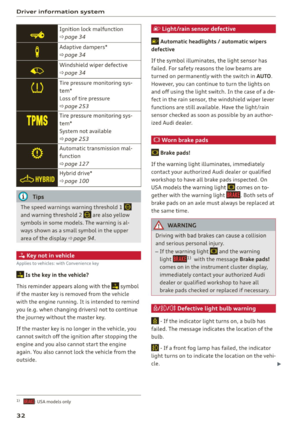 34
34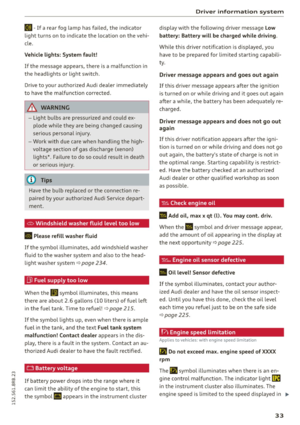 35
35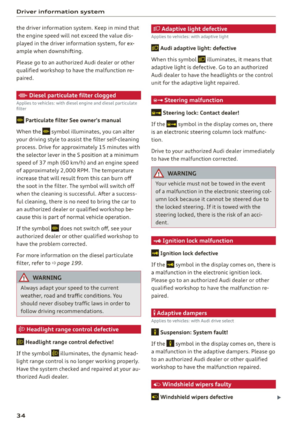 36
36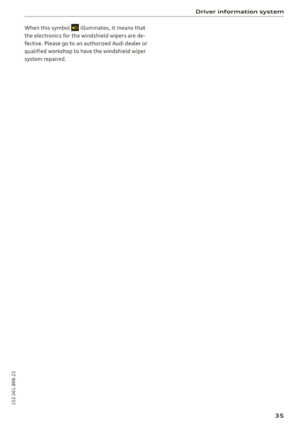 37
37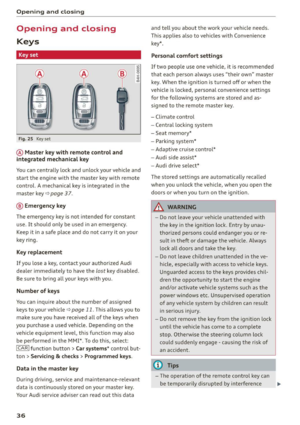 38
38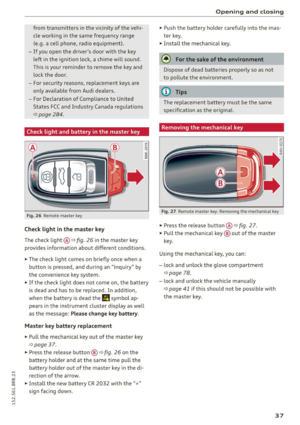 39
39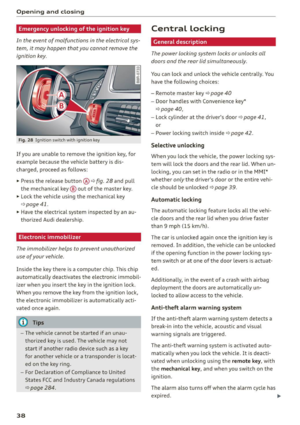 40
40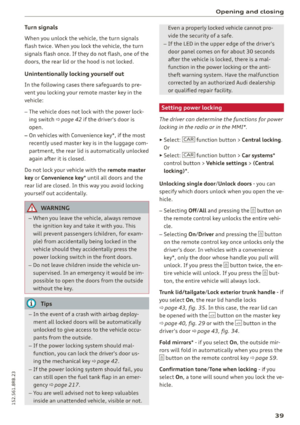 41
41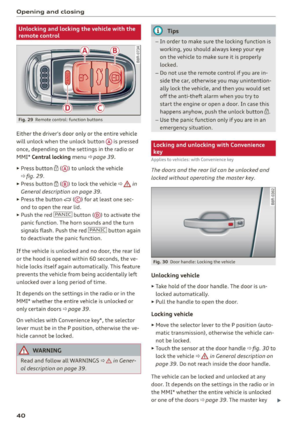 42
42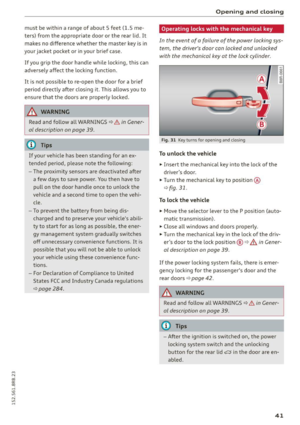 43
43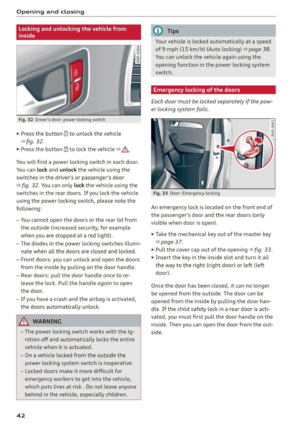 44
44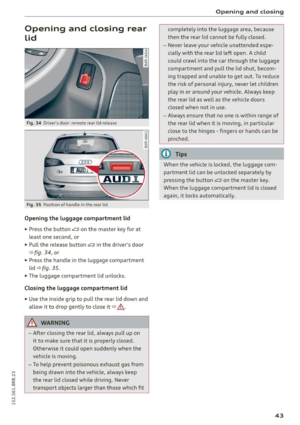 45
45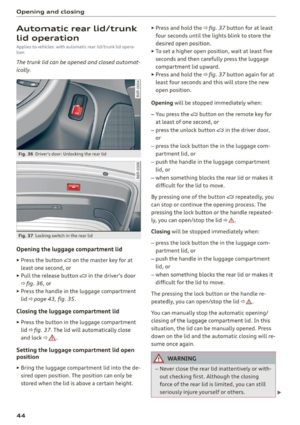 46
46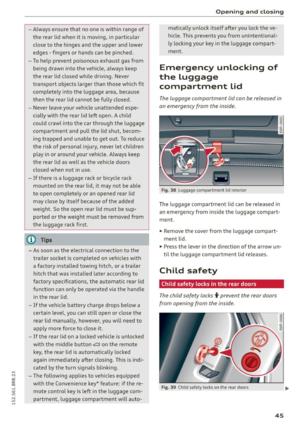 47
47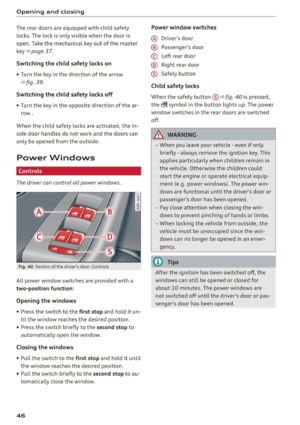 48
48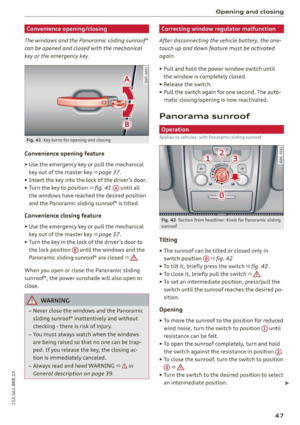 49
49 50
50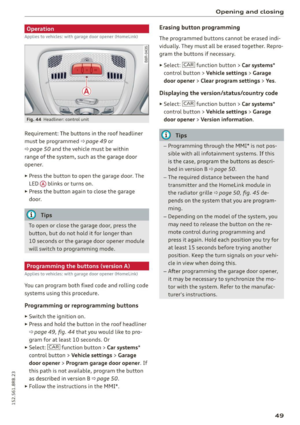 51
51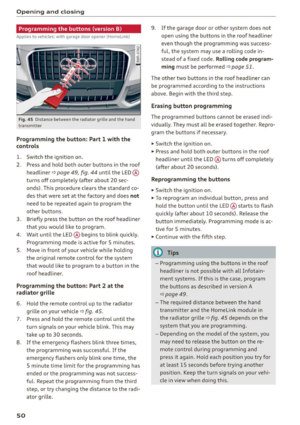 52
52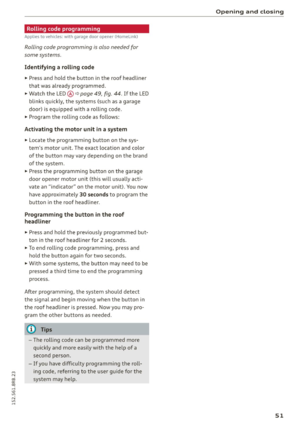 53
53 54
54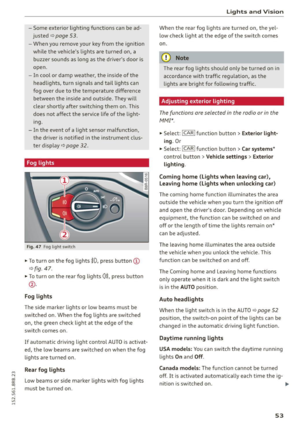 55
55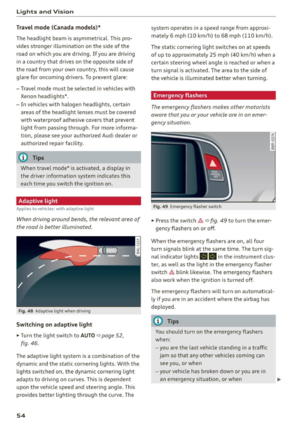 56
56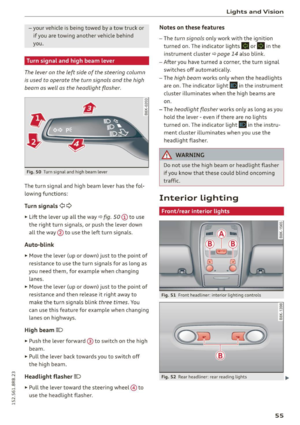 57
57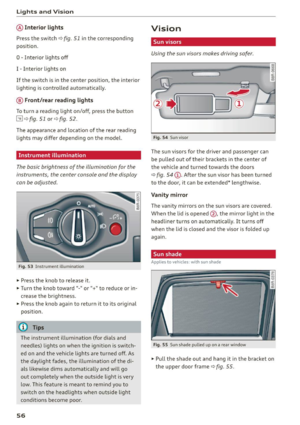 58
58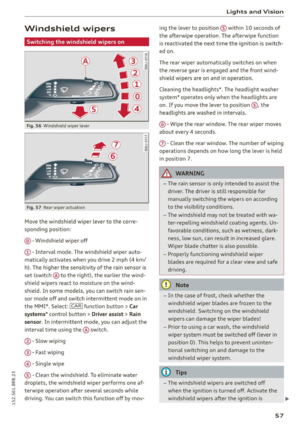 59
59 60
60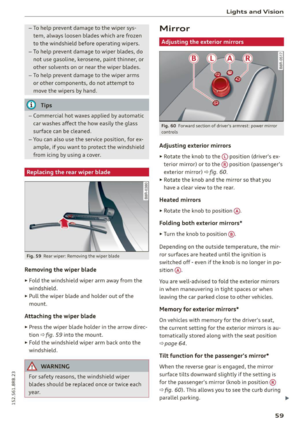 61
61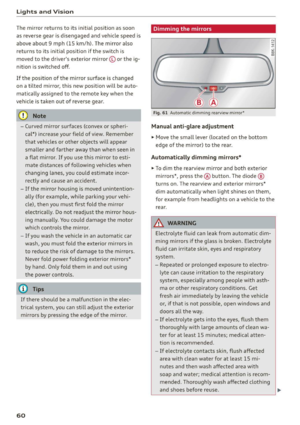 62
62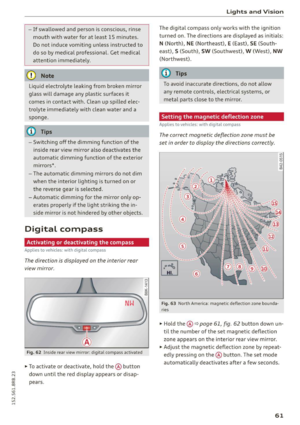 63
63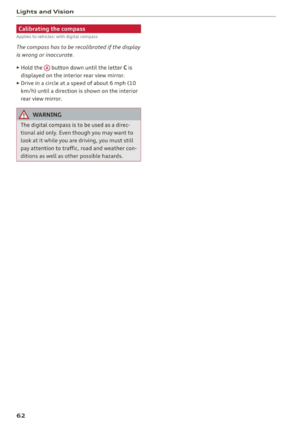 64
64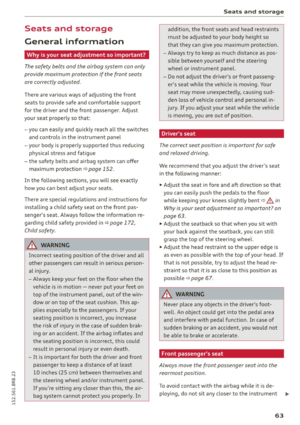 65
65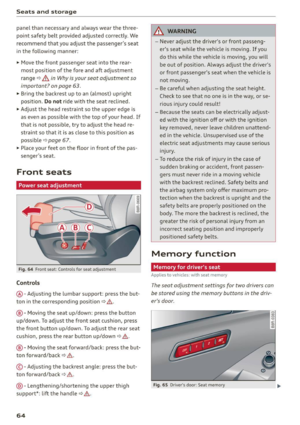 66
66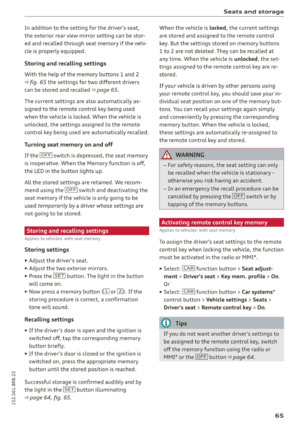 67
67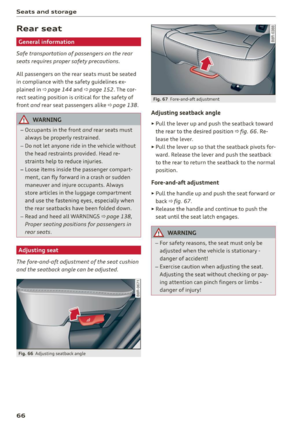 68
68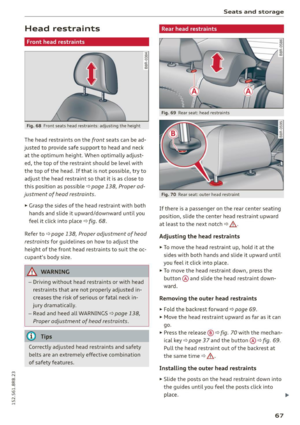 69
69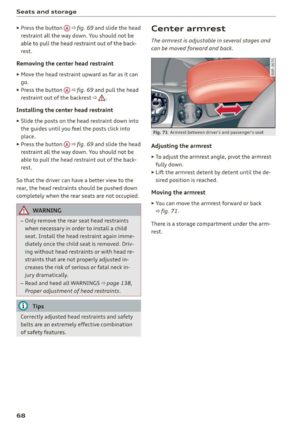 70
70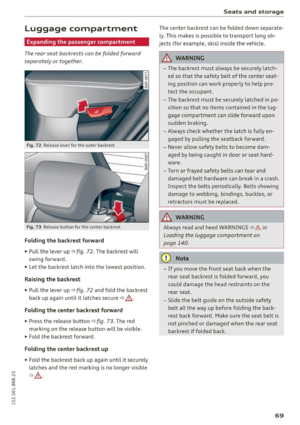 71
71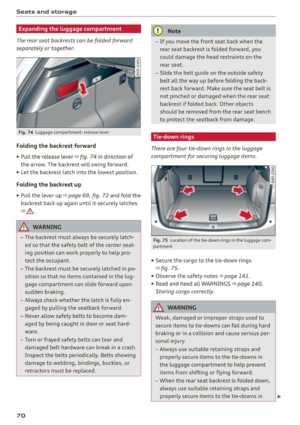 72
72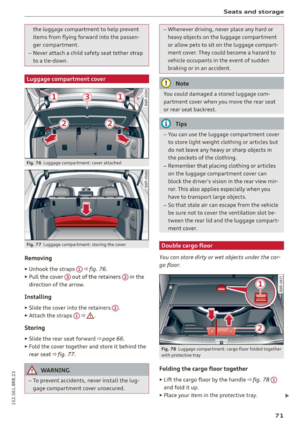 73
73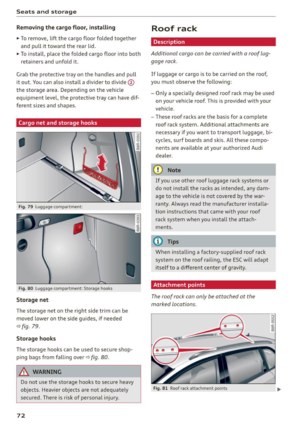 74
74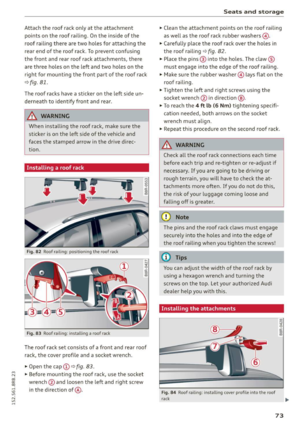 75
75 76
76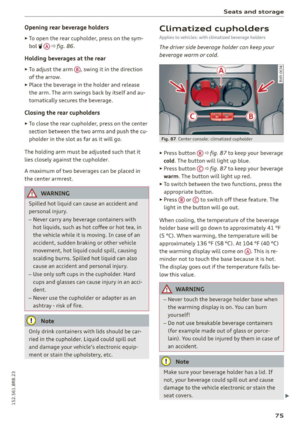 77
77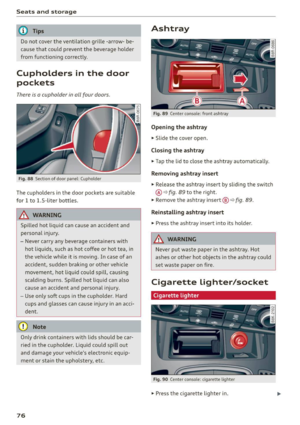 78
78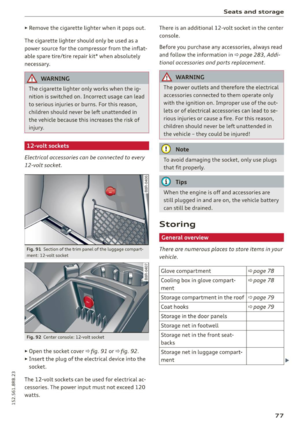 79
79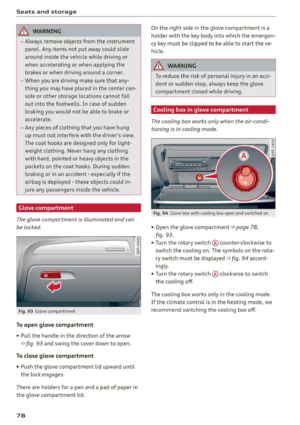 80
80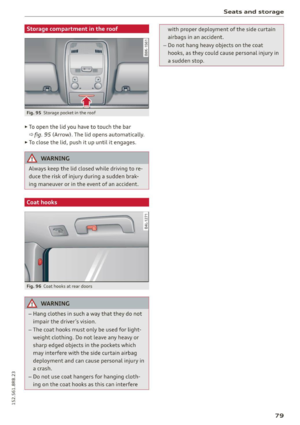 81
81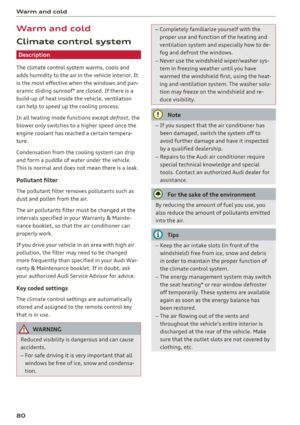 82
82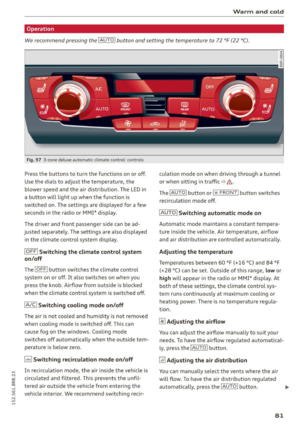 83
83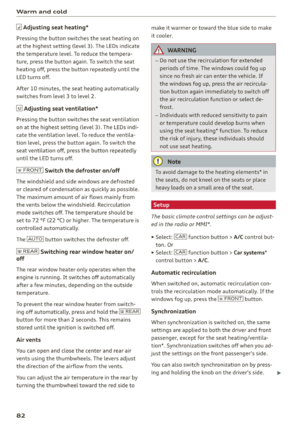 84
84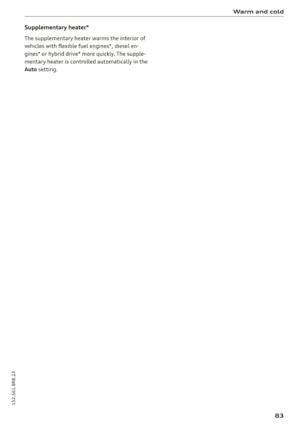 85
85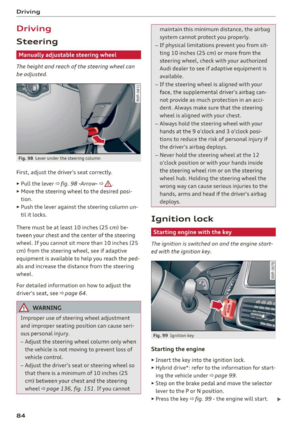 86
86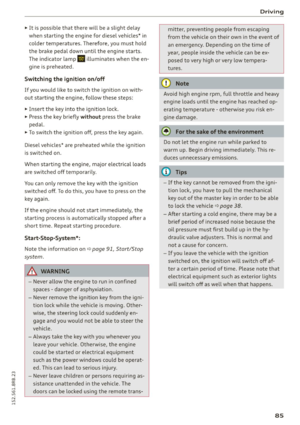 87
87 88
88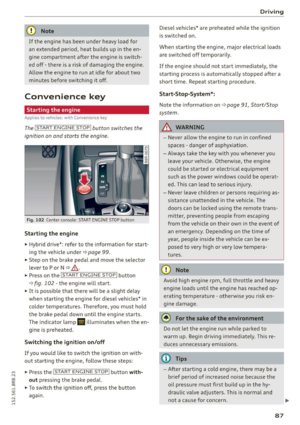 89
89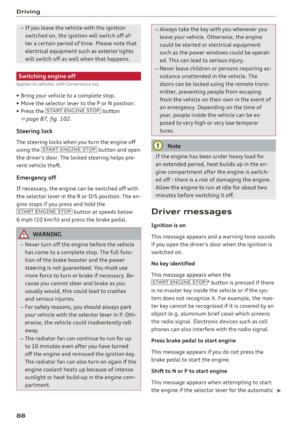 90
90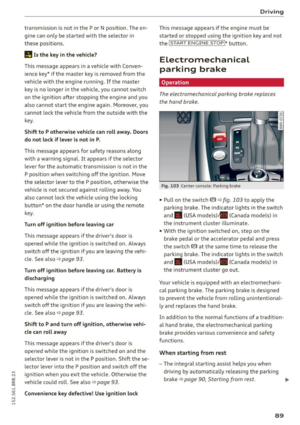 91
91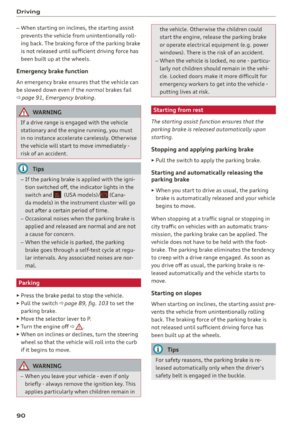 92
92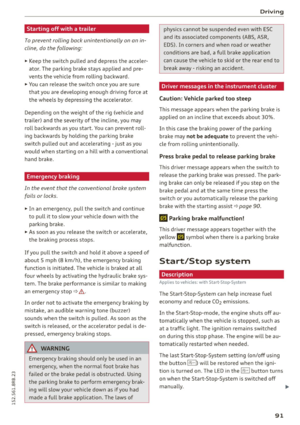 93
93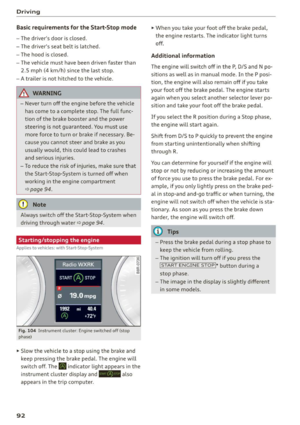 94
94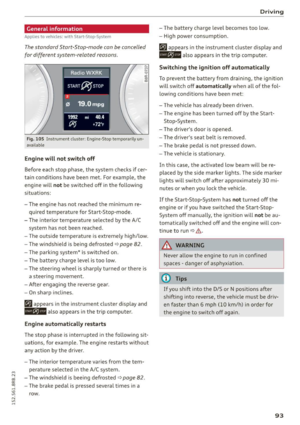 95
95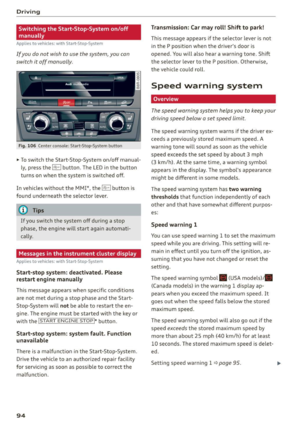 96
96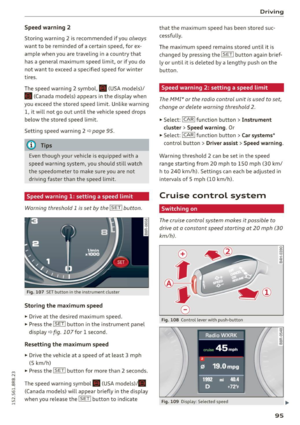 97
97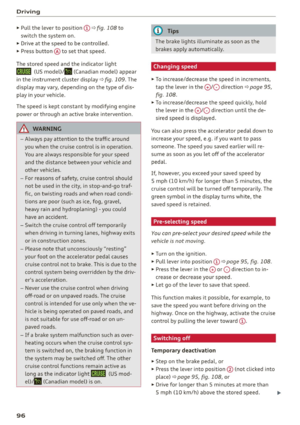 98
98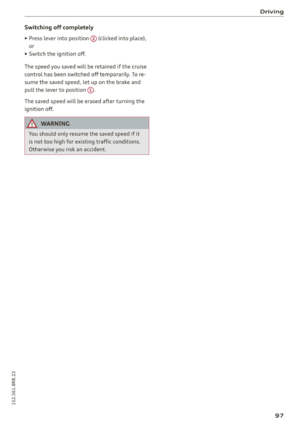 99
99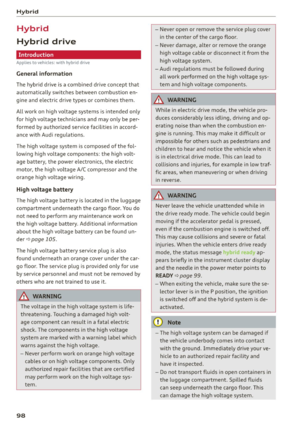 100
100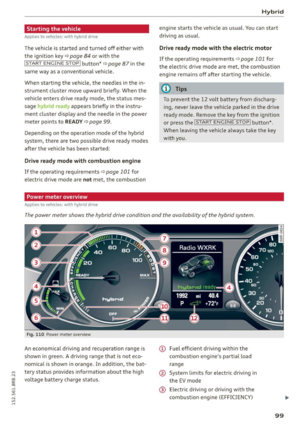 101
101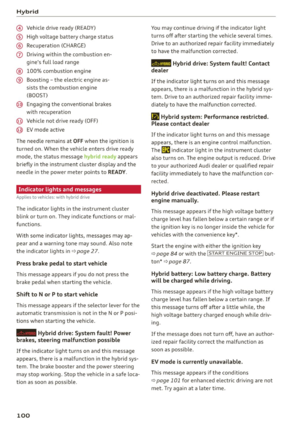 102
102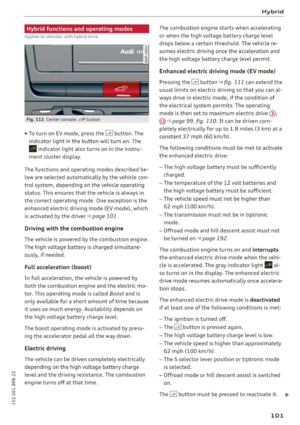 103
103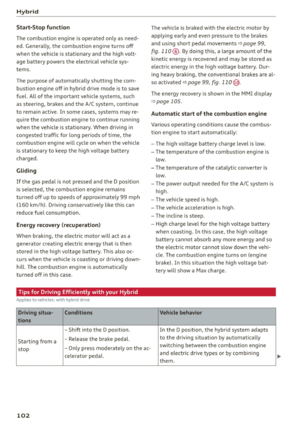 104
104 105
105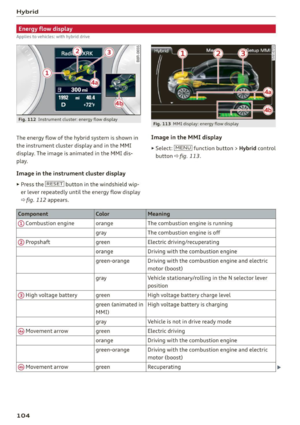 106
106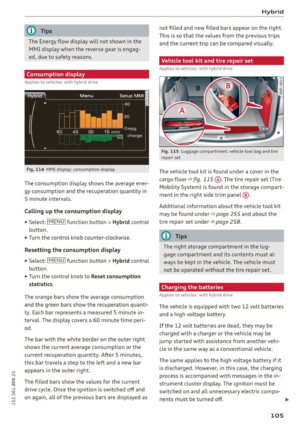 107
107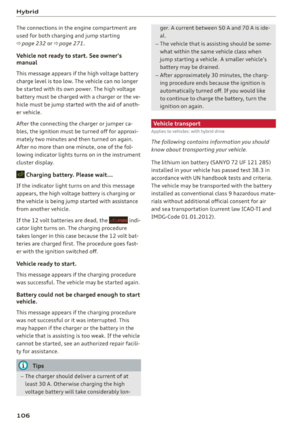 108
108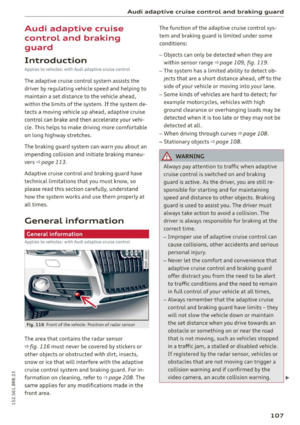 109
109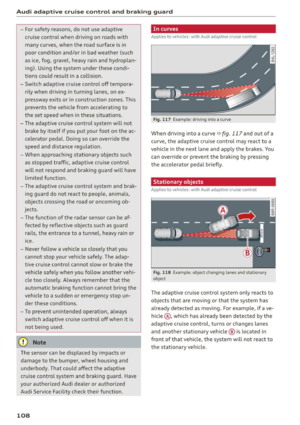 110
110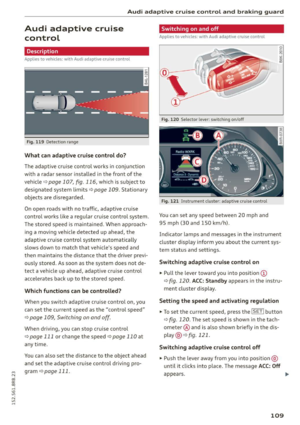 111
111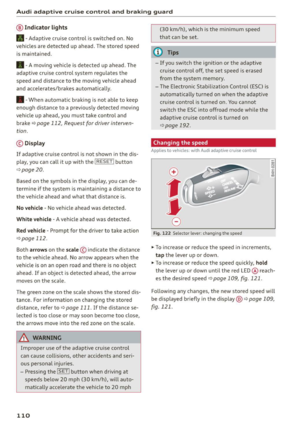 112
112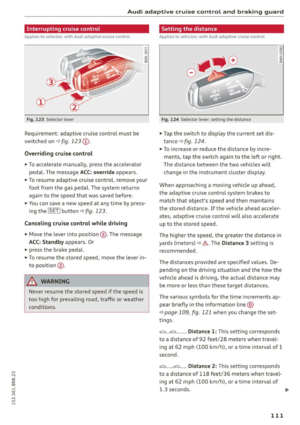 113
113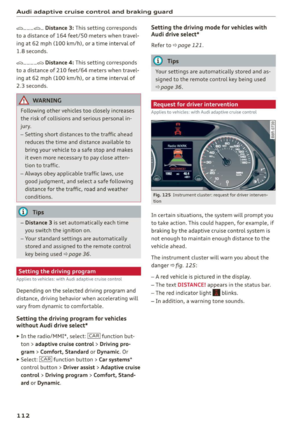 114
114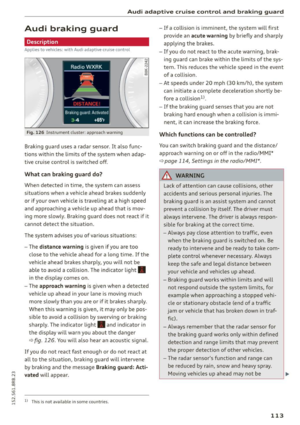 115
115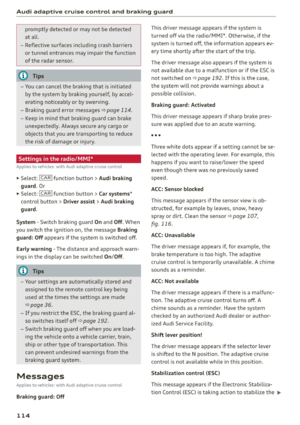 116
116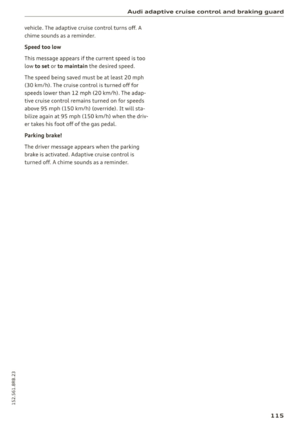 117
117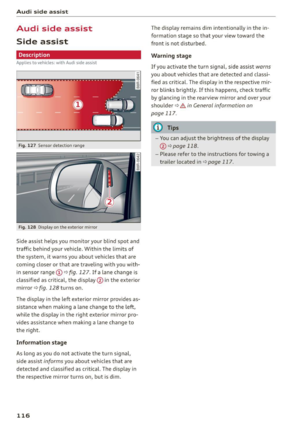 118
118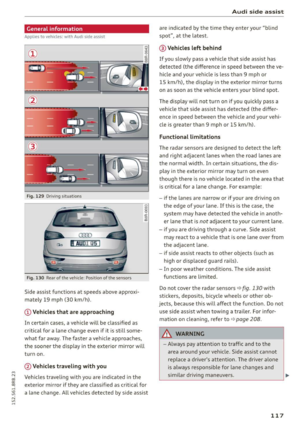 119
119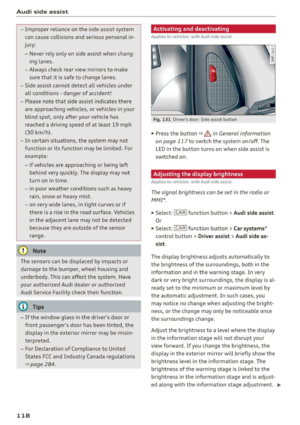 120
120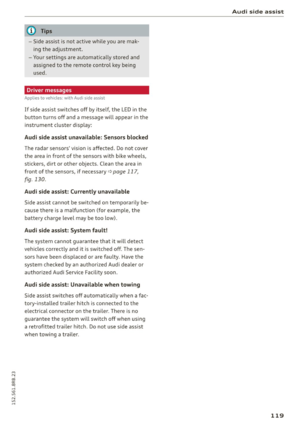 121
121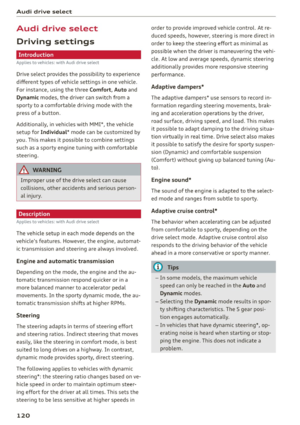 122
122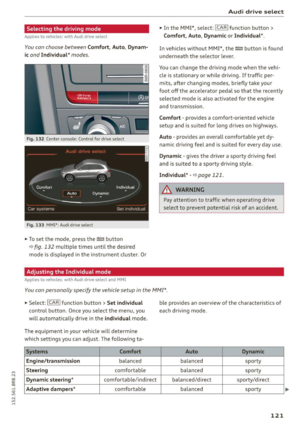 123
123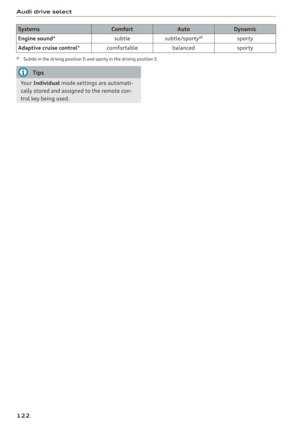 124
124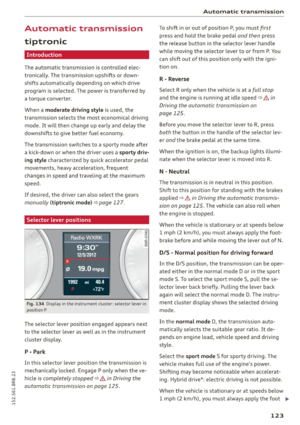 125
125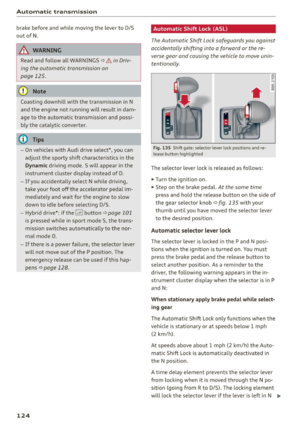 126
126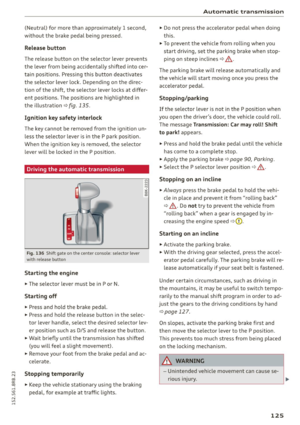 127
127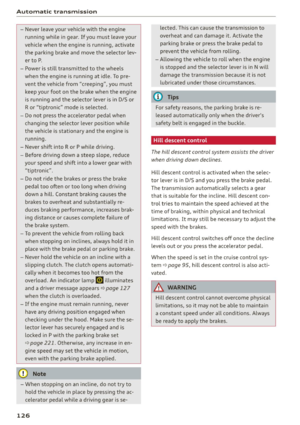 128
128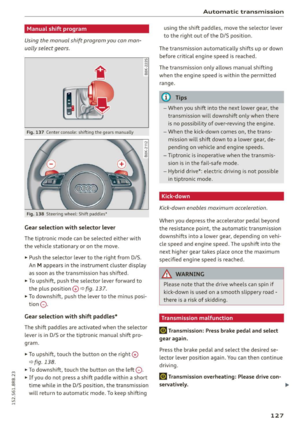 129
129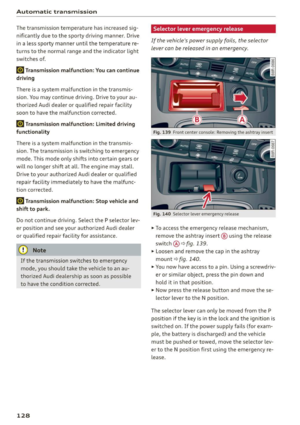 130
130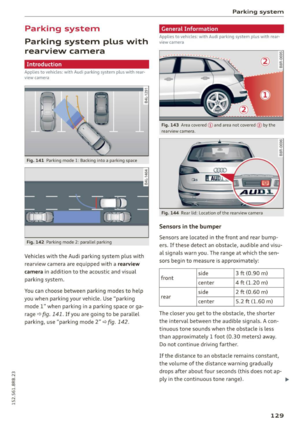 131
131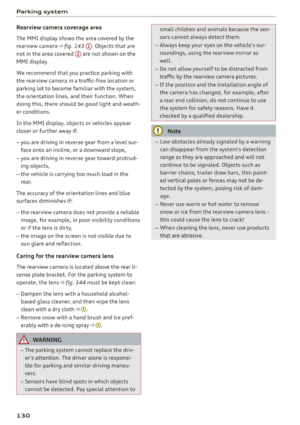 132
132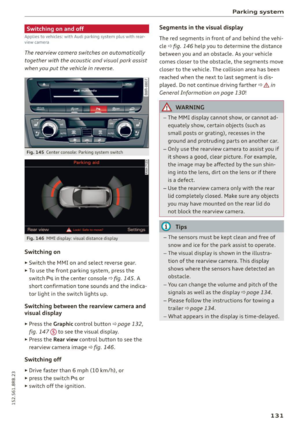 133
133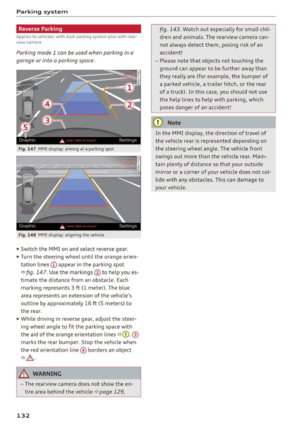 134
134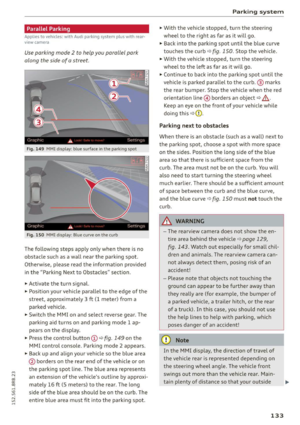 135
135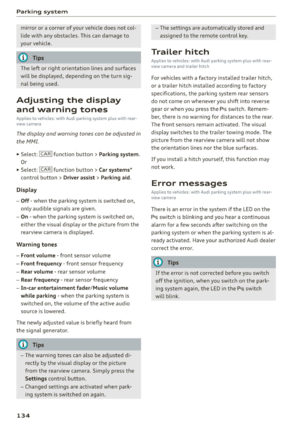 136
136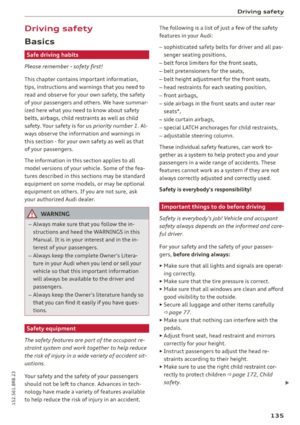 137
137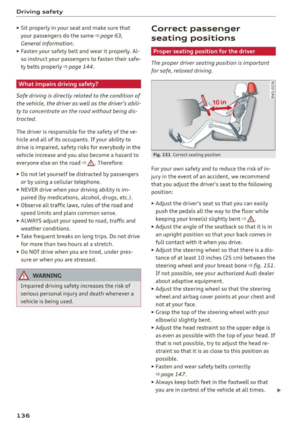 138
138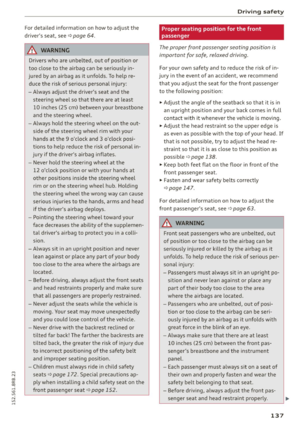 139
139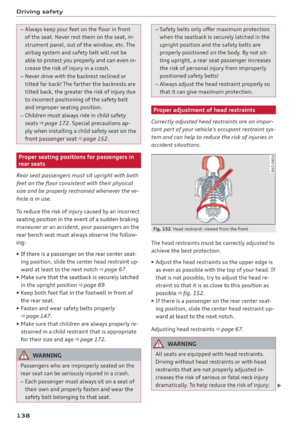 140
140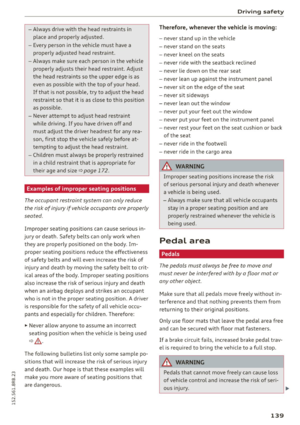 141
141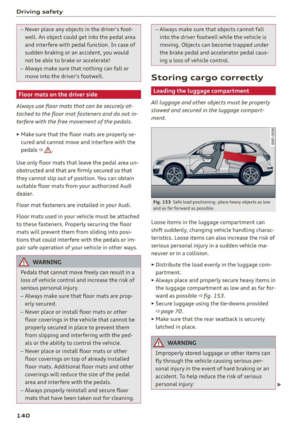 142
142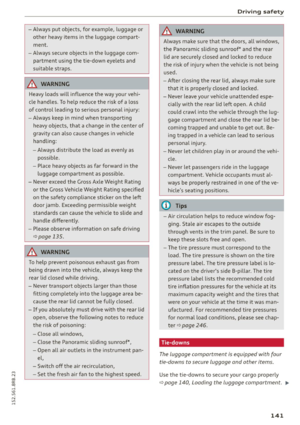 143
143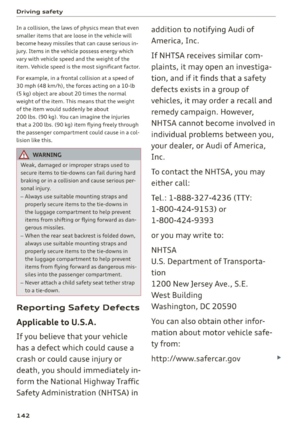 144
144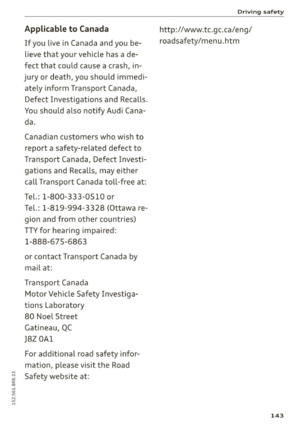 145
145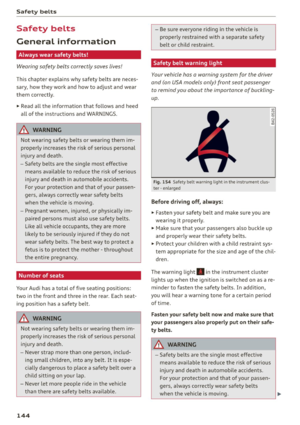 146
146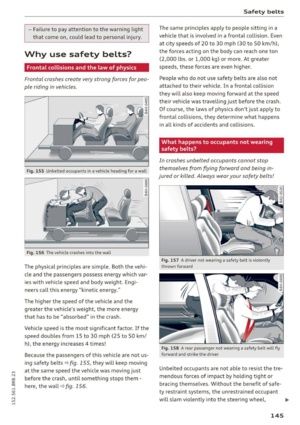 147
147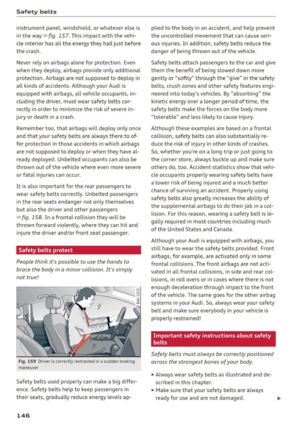 148
148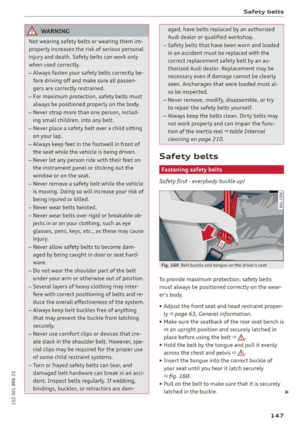 149
149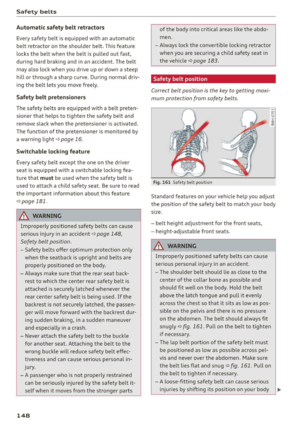 150
150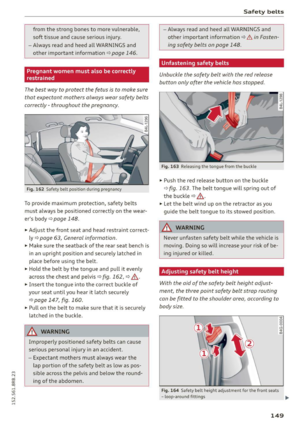 151
151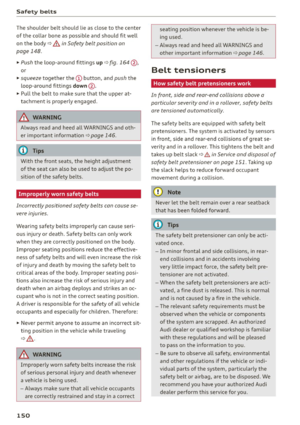 152
152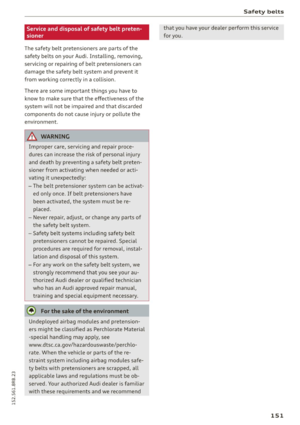 153
153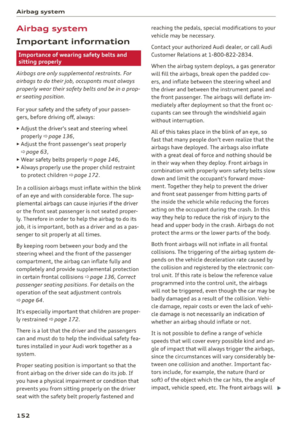 154
154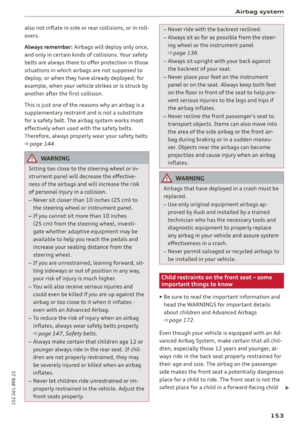 155
155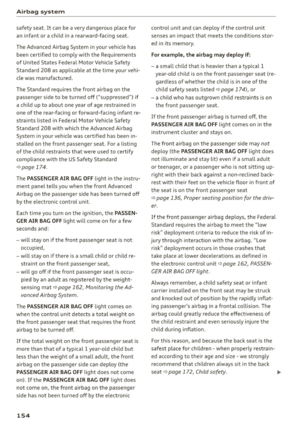 156
156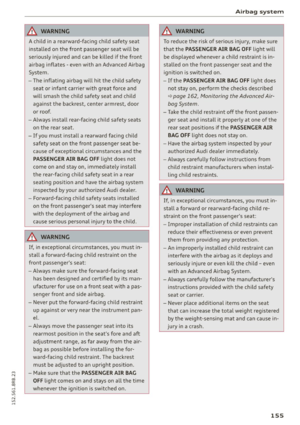 157
157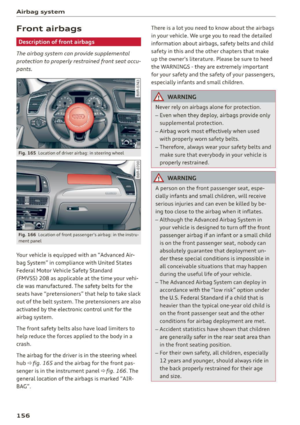 158
158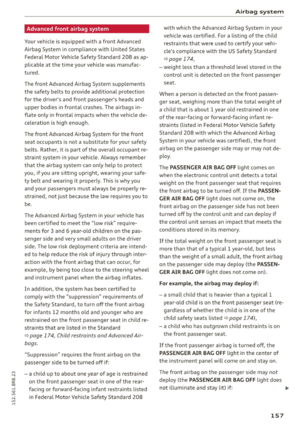 159
159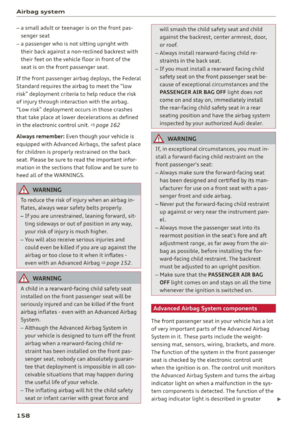 160
160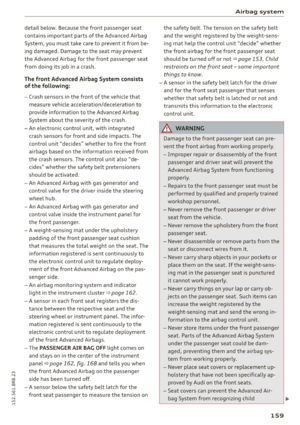 161
161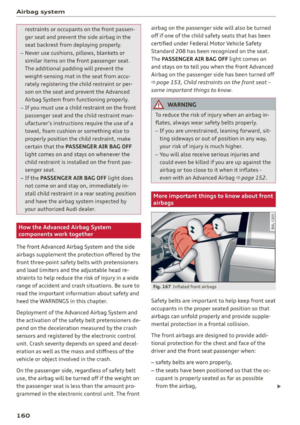 162
162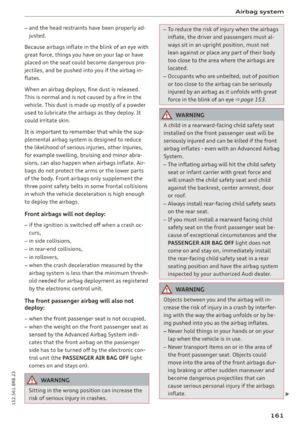 163
163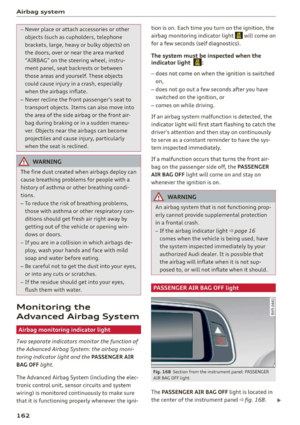 164
164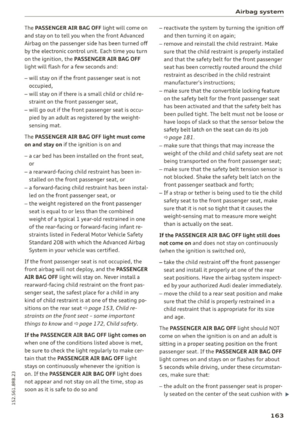 165
165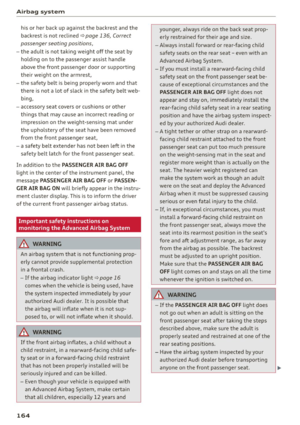 166
166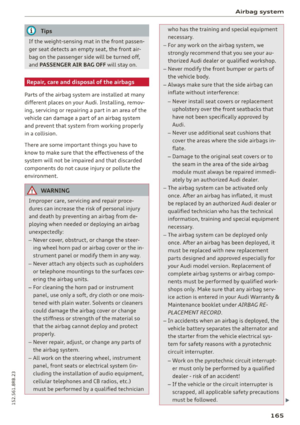 167
167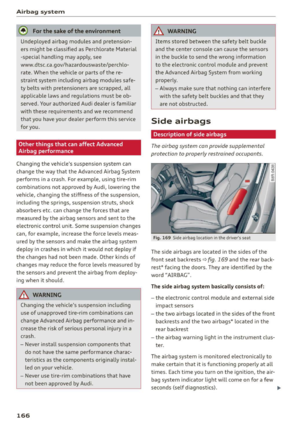 168
168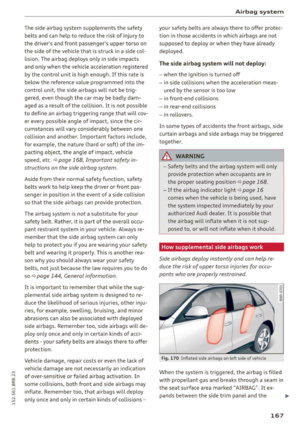 169
169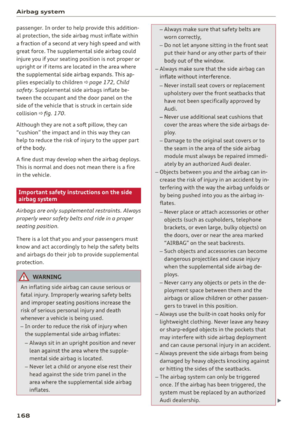 170
170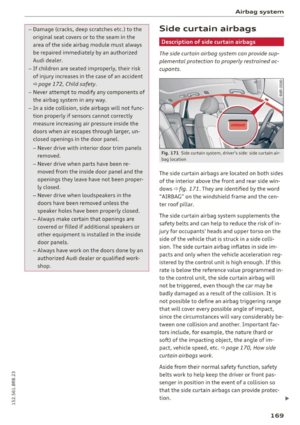 171
171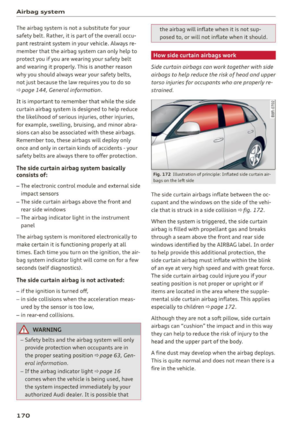 172
172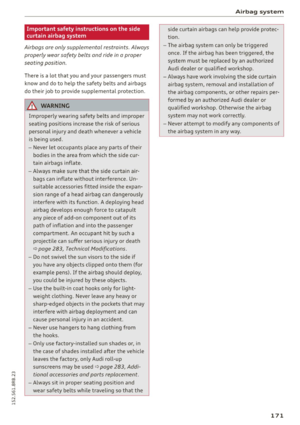 173
173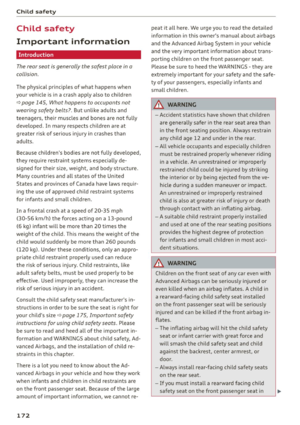 174
174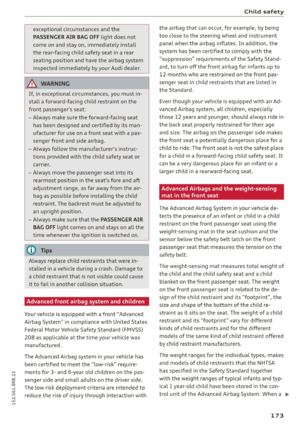 175
175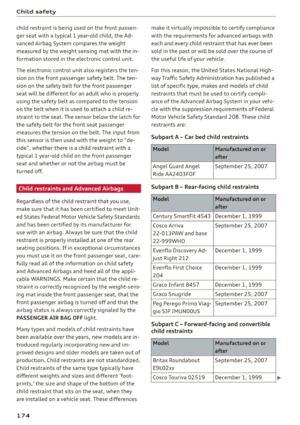 176
176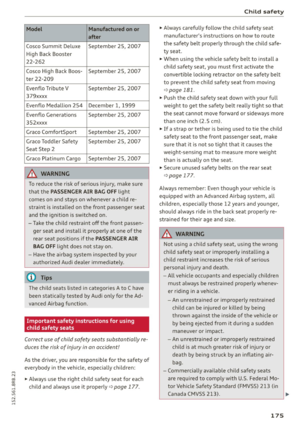 177
177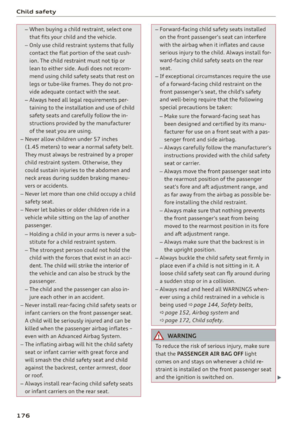 178
178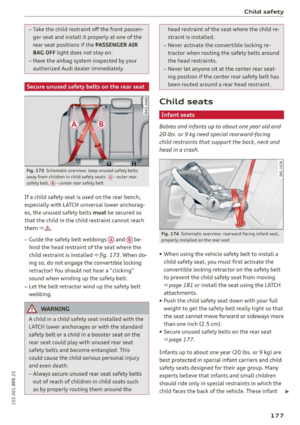 179
179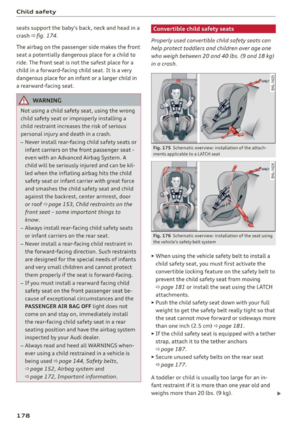 180
180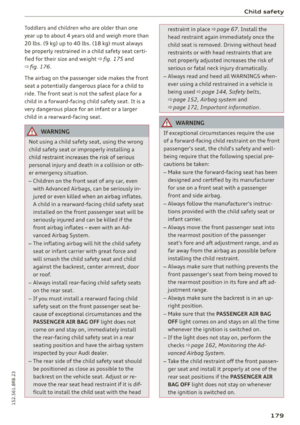 181
181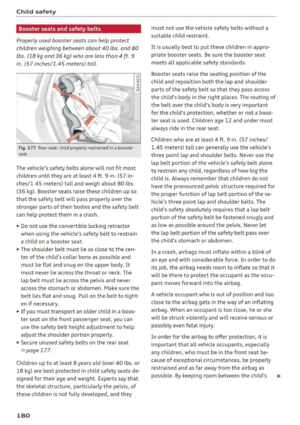 182
182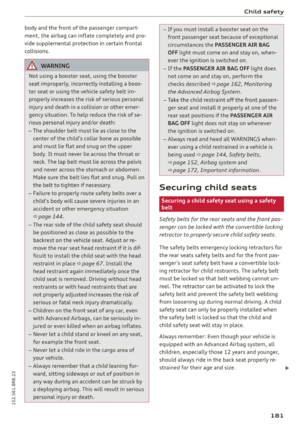 183
183 184
184 185
185 186
186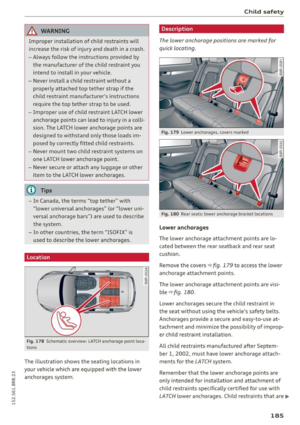 187
187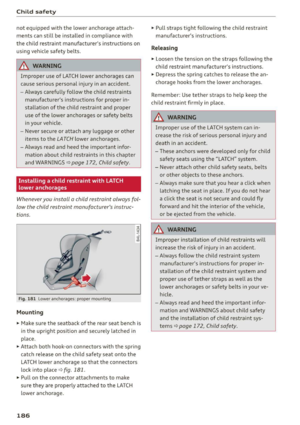 188
188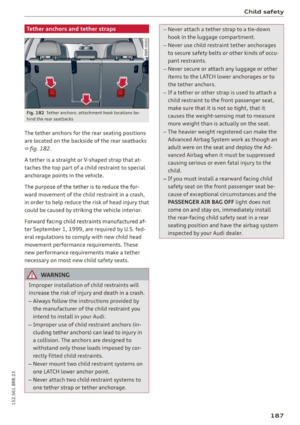 189
189 190
190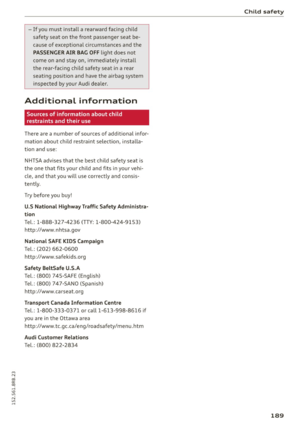 191
191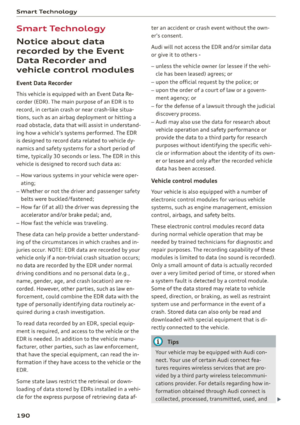 192
192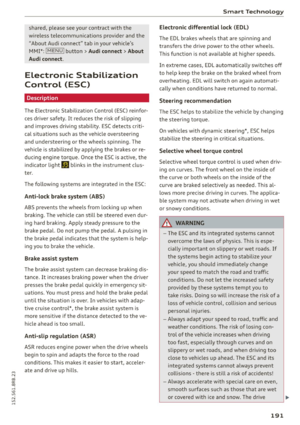 193
193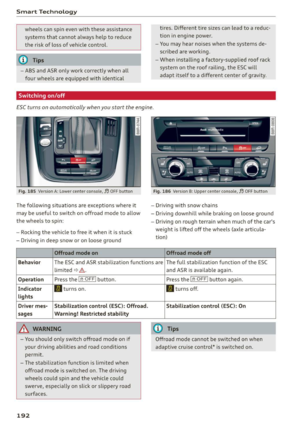 194
194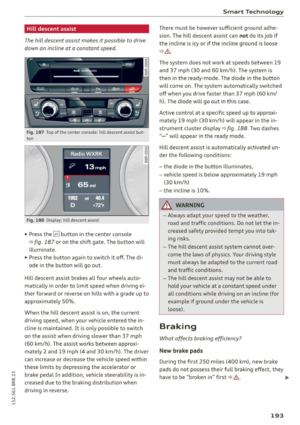 195
195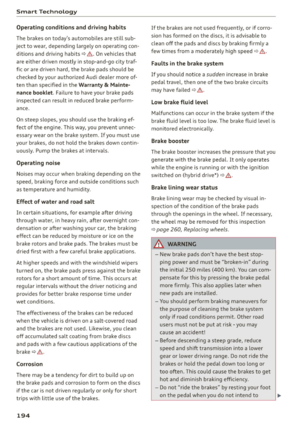 196
196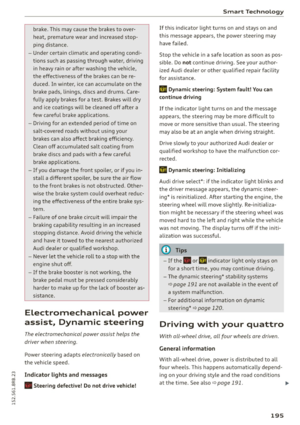 197
197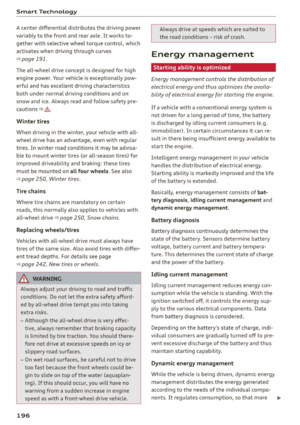 198
198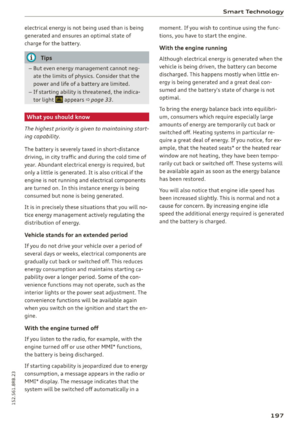 199
199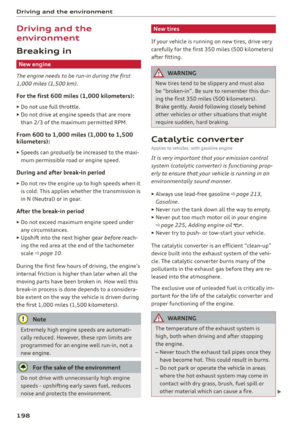 200
200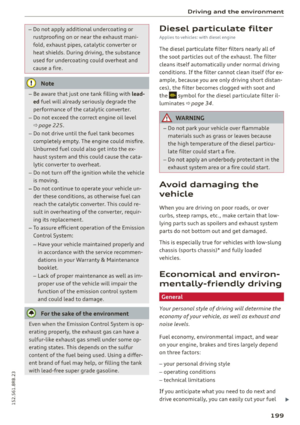 201
201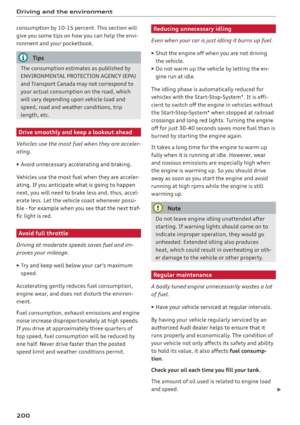 202
202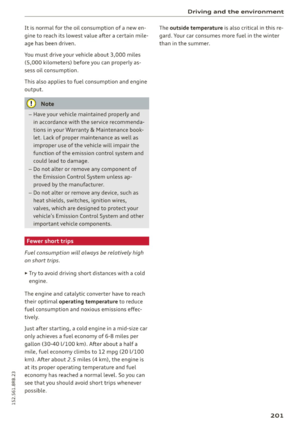 203
203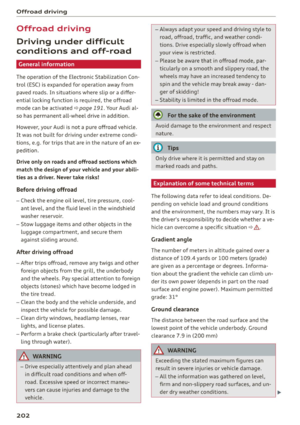 204
204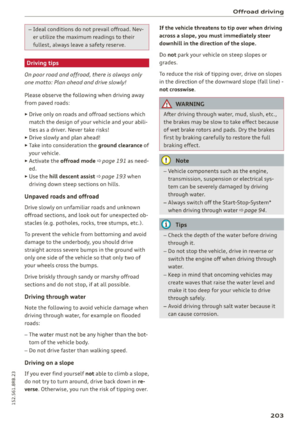 205
205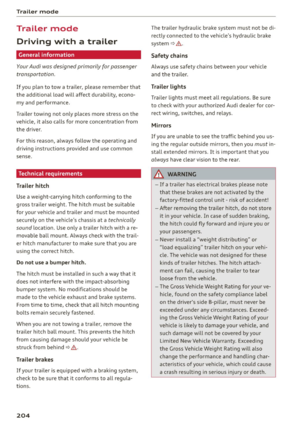 206
206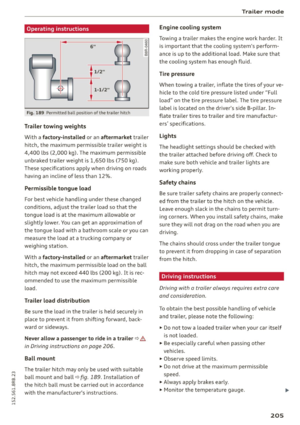 207
207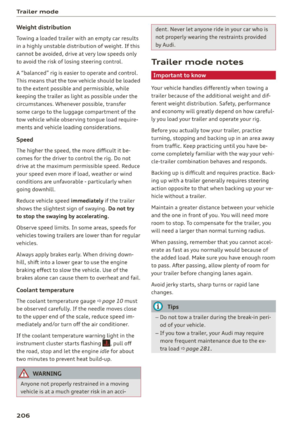 208
208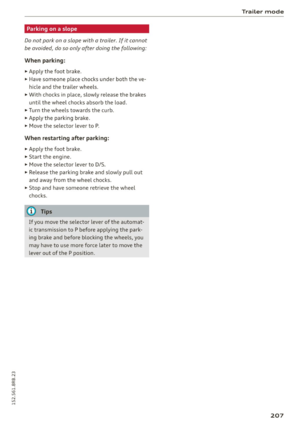 209
209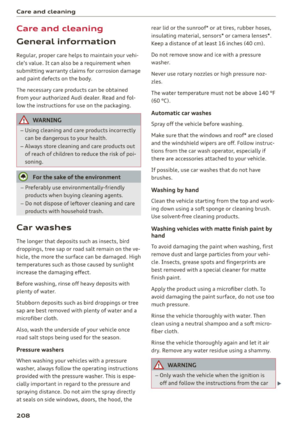 210
210 211
211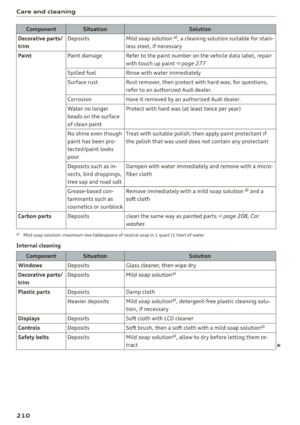 212
212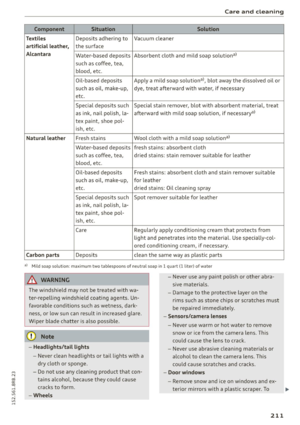 213
213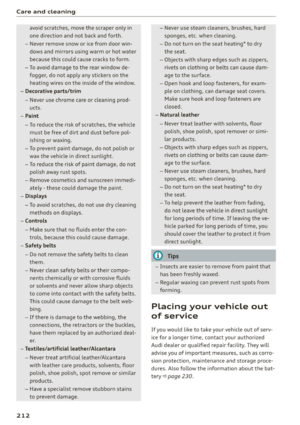 214
214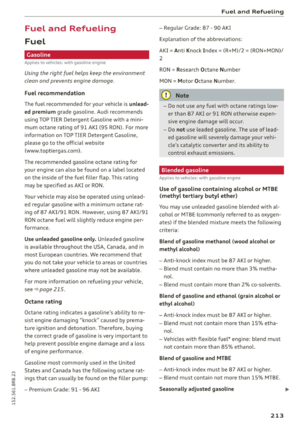 215
215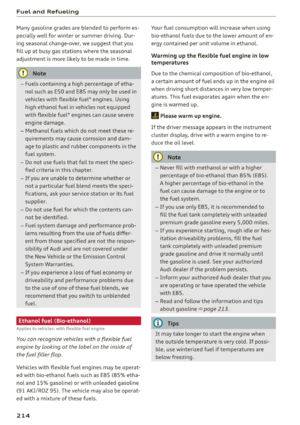 216
216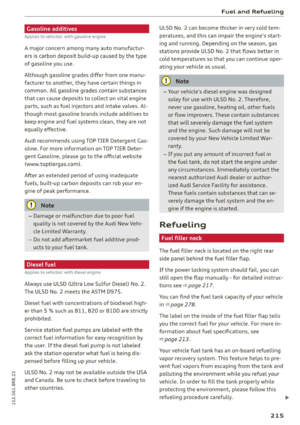 217
217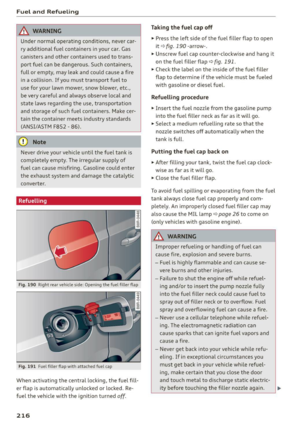 218
218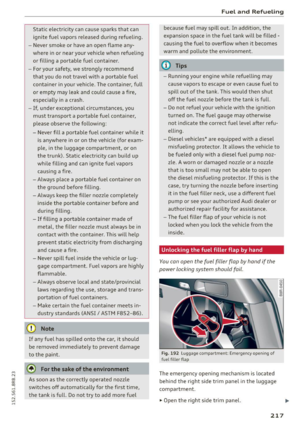 219
219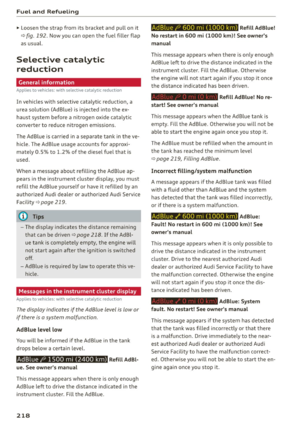 220
220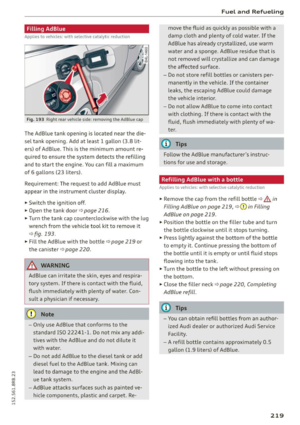 221
221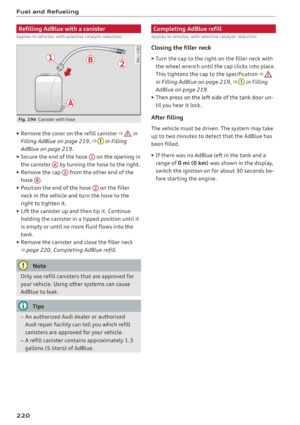 222
222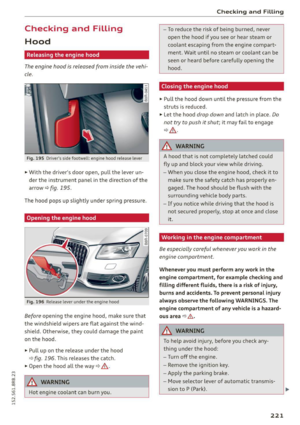 223
223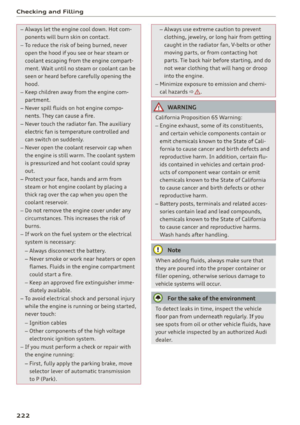 224
224 225
225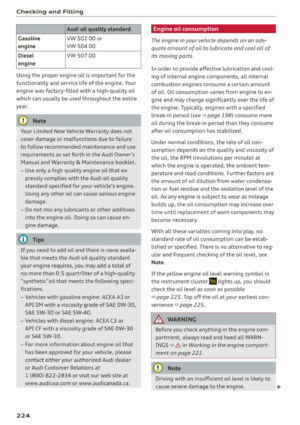 226
226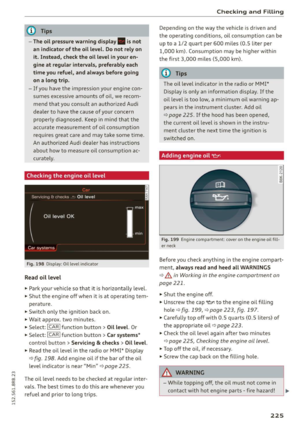 227
227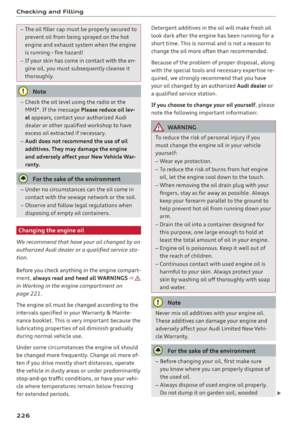 228
228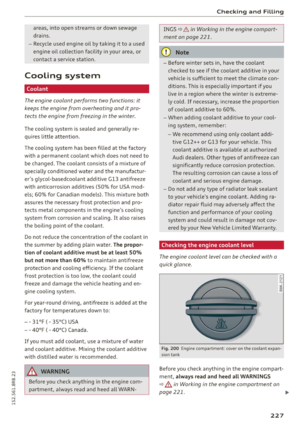 229
229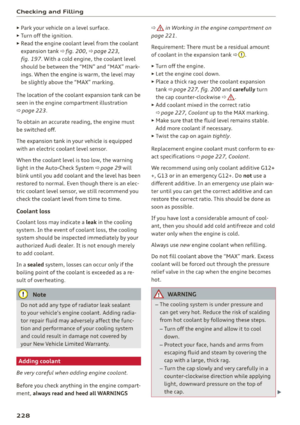 230
230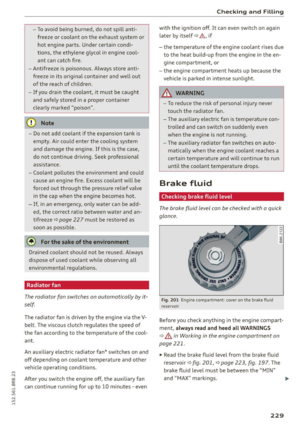 231
231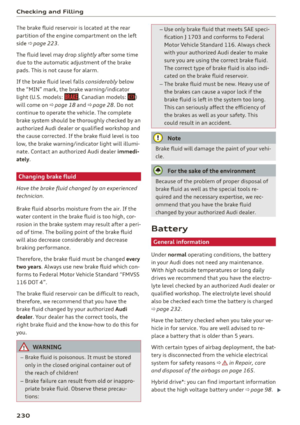 232
232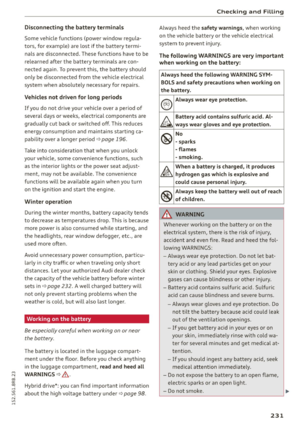 233
233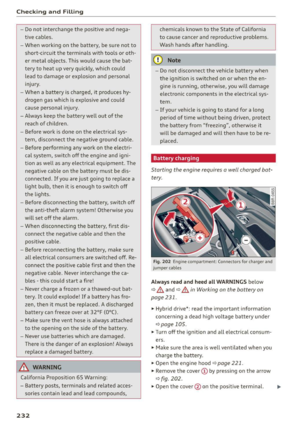 234
234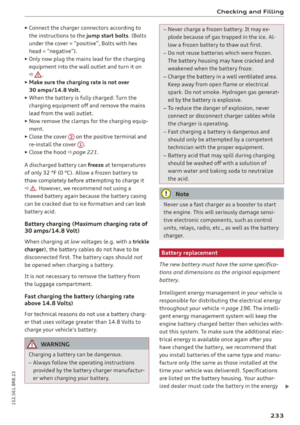 235
235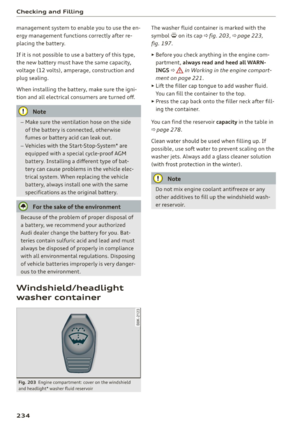 236
236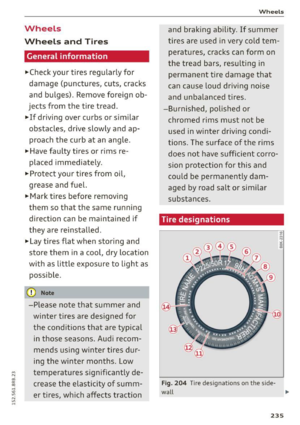 237
237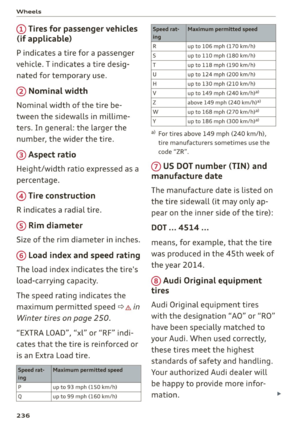 238
238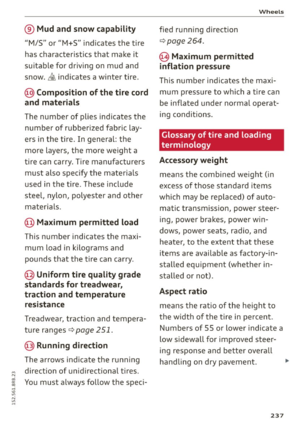 239
239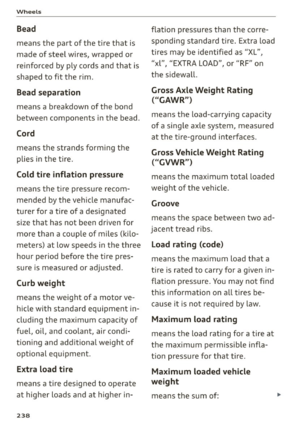 240
240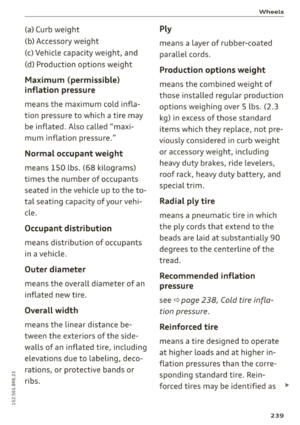 241
241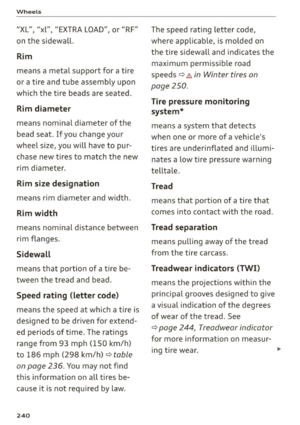 242
242 243
243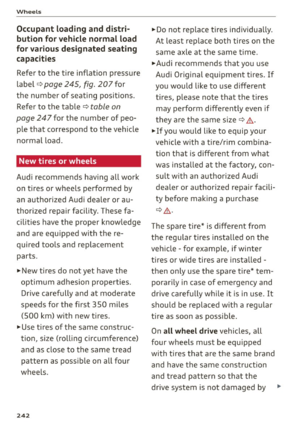 244
244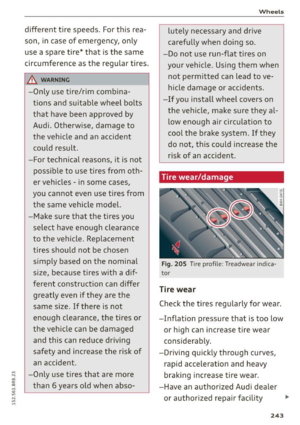 245
245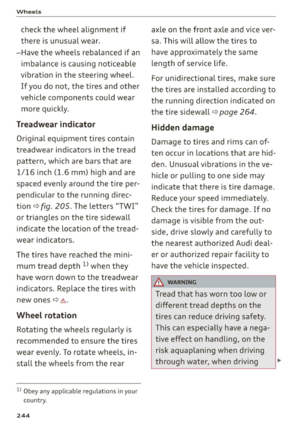 246
246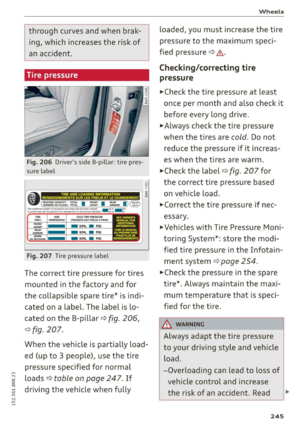 247
247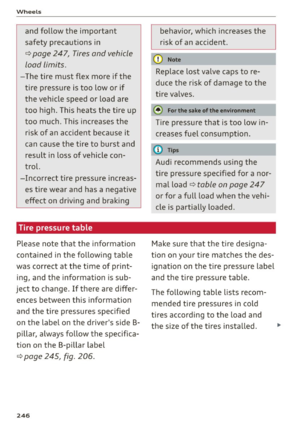 248
248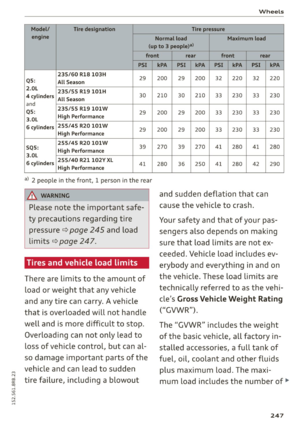 249
249 250
250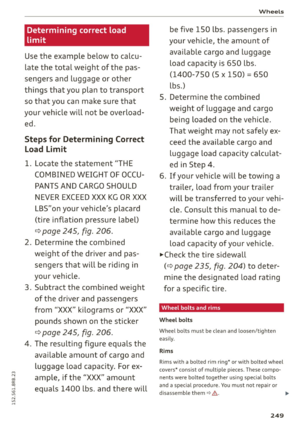 251
251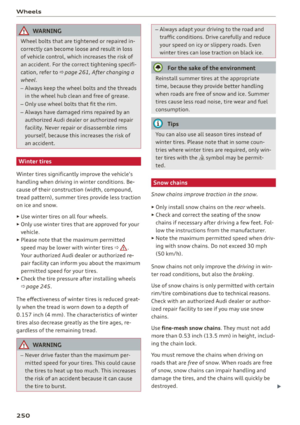 252
252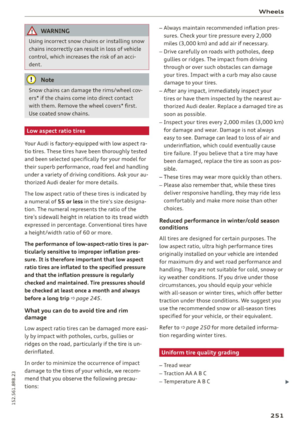 253
253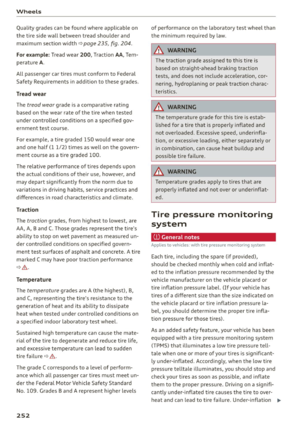 254
254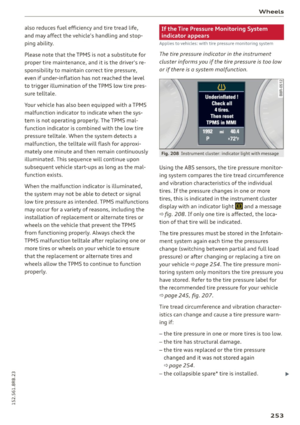 255
255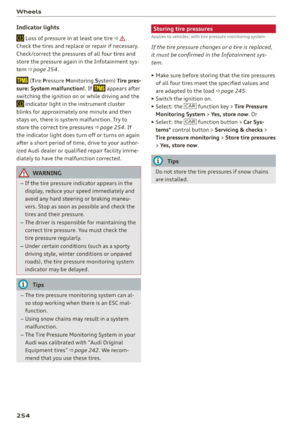 256
256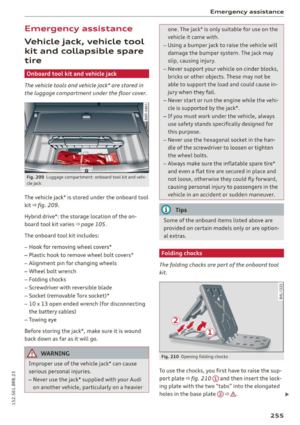 257
257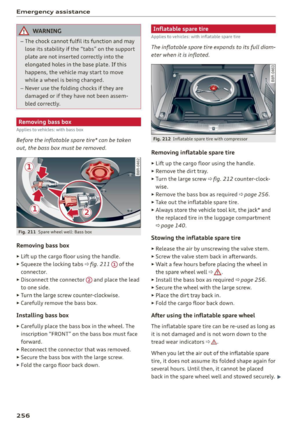 258
258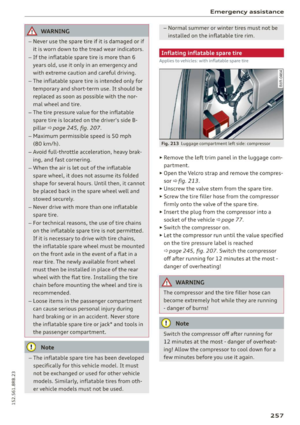 259
259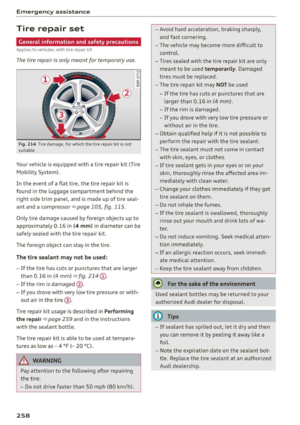 260
260 261
261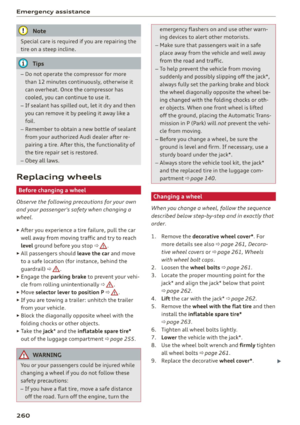 262
262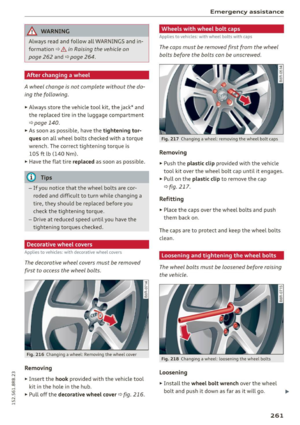 263
263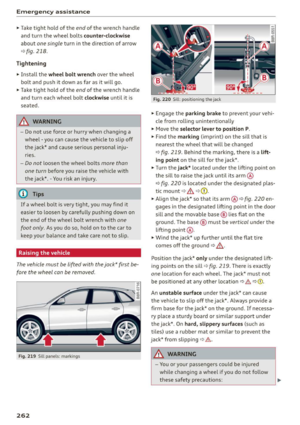 264
264 265
265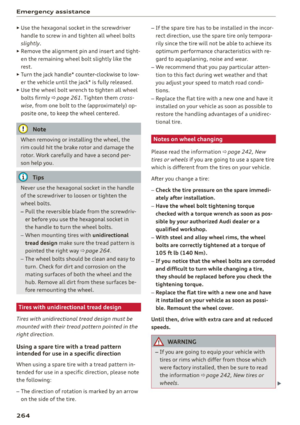 266
266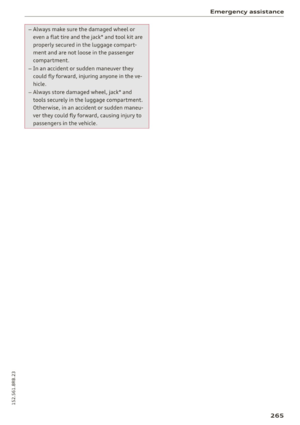 267
267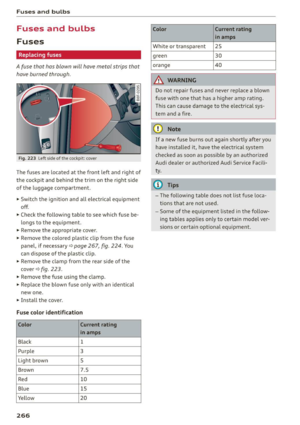 268
268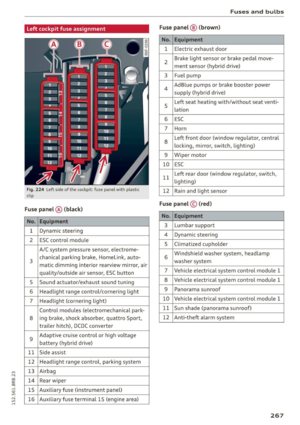 269
269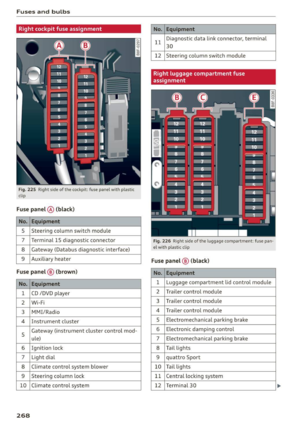 270
270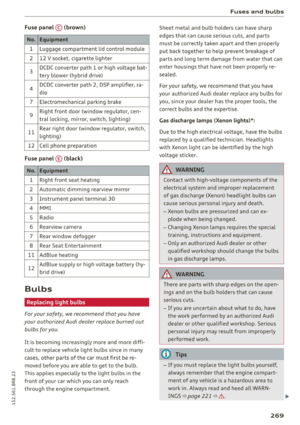 271
271 272
272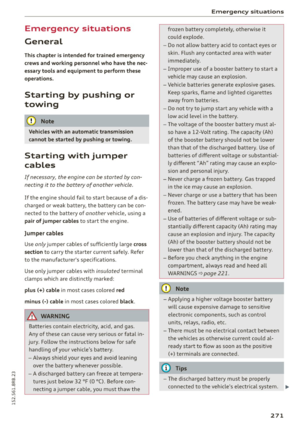 273
273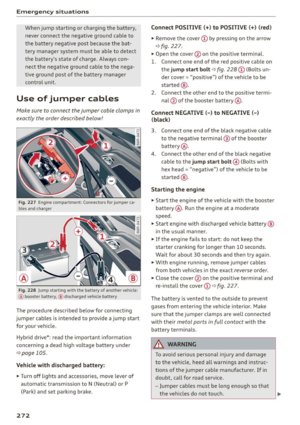 274
274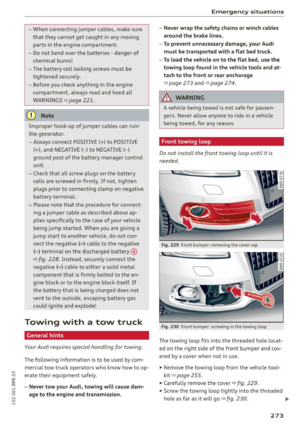 275
275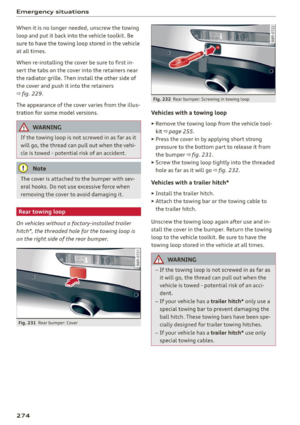 276
276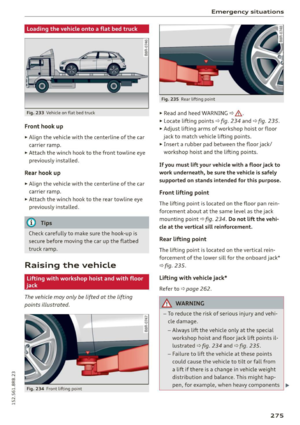 277
277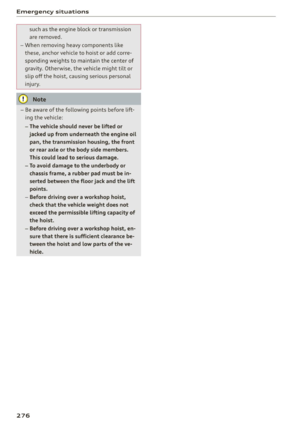 278
278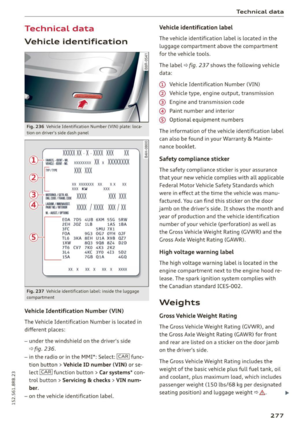 279
279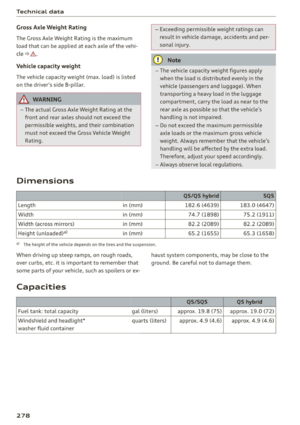 280
280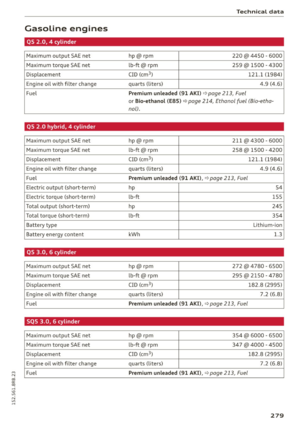 281
281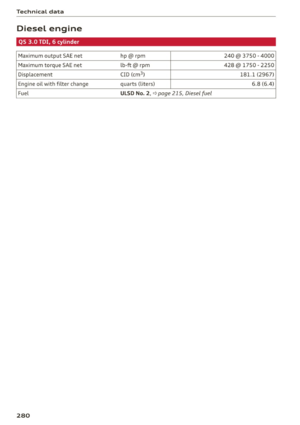 282
282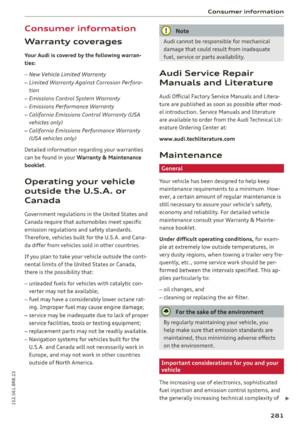 283
283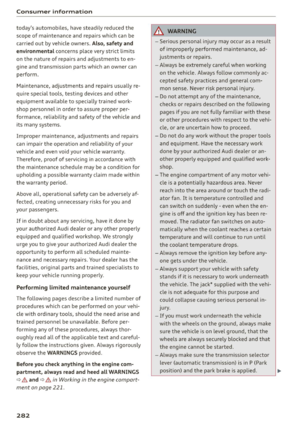 284
284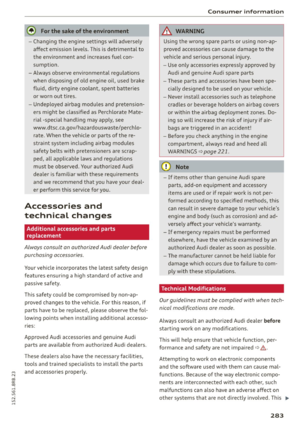 285
285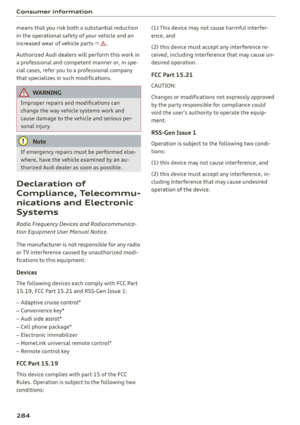 286
286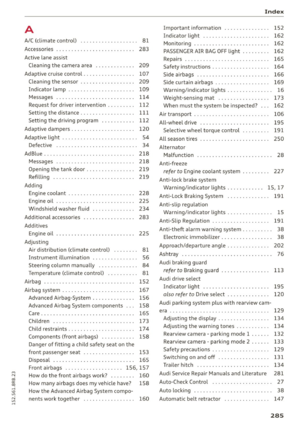 287
287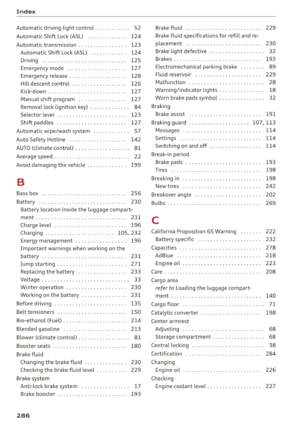 288
288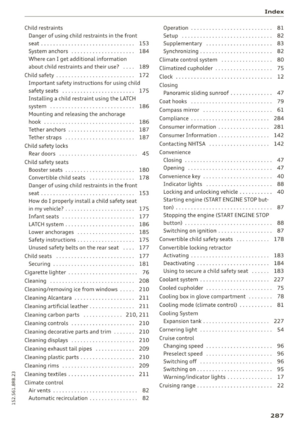 289
289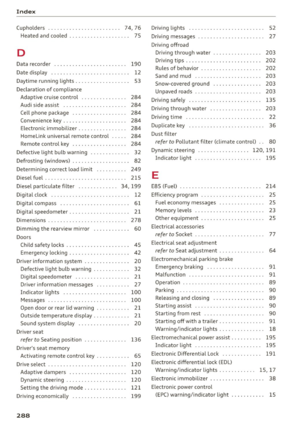 290
290 291
291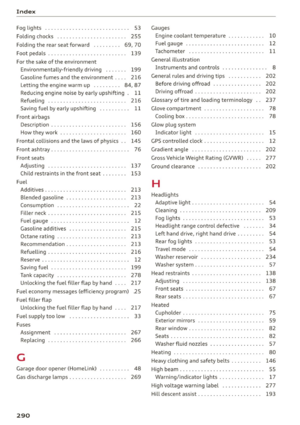 292
292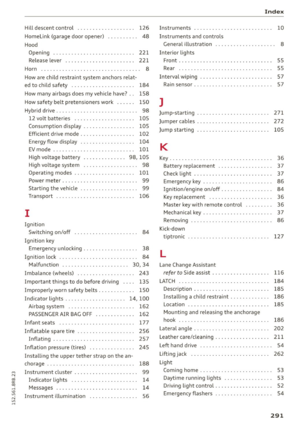 293
293 294
294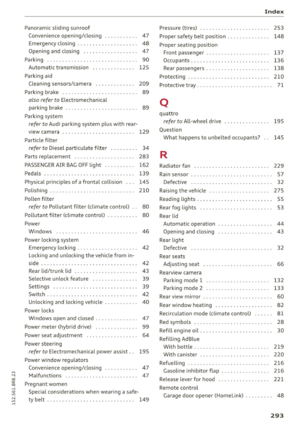 295
295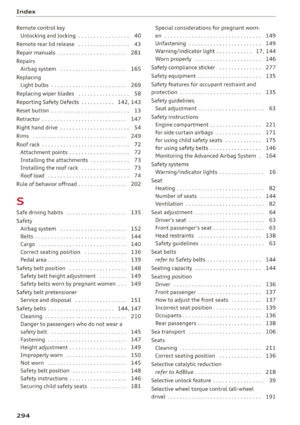 296
296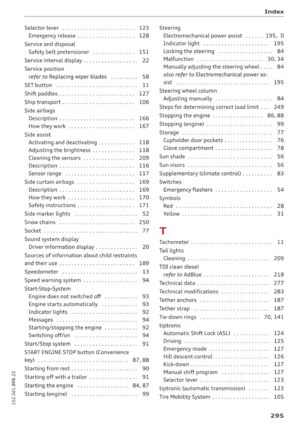 297
297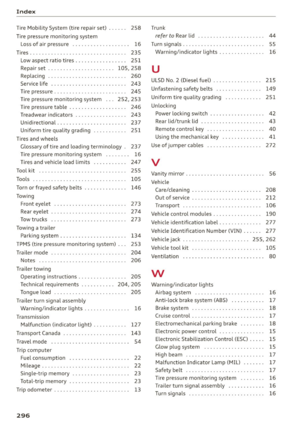 298
298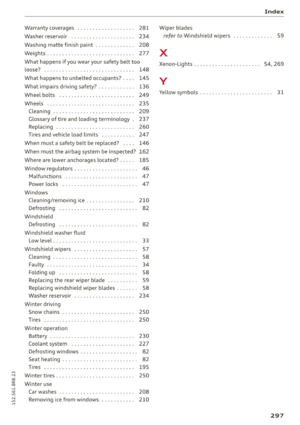 299
299 300
300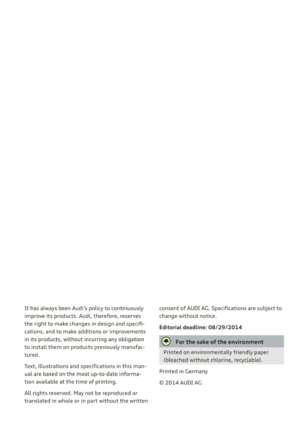 301
301






